
What is Design?
Design is
- the human power
- of conceiving, planning, and realizing
- products that serve human beings
- in the accomplishment of any individual or collective purpose.
This formal definition is open. Design can take on all different kinds of problems and produce all kinds of output.
A design process is flexible to the specific needs of an expert area –like, for example, to law. Design gives us tools, principles, and exercises to come up with better solutions.
The expertise of lawyers, clients, professionals, and users can inform this design process, but the process itself provides the structure and standards to convert the expertise into better products, solutions, and systems.

Design Thinking
Design Thinking is an approach to find creative, innovative solutions to wicked problems.
A basic map of design thinking process is as follows:

Or, mapped out more in terms of focused work versus flared work:

When trying to build solutions to problems, here are some of the designer’s principles:
- Visualize ideas, don’t just talk about them — make sketches of the actual thing, not just descriptions — make the intangible tangible
- Rapidly prototype possible solutions, show them to users, get feedback, and then iterate on the prototype
- Before trying to figure out solutions, first get into the heads of your users, figure out their needs, action themes, and value themes — and use this to figure out the real, underlying problem
- This means getting out and spending time observing and living with users, not just reading about them, or doing quick surveys or consumer research — go for deep, empathetic understanding of the problem space you are working in
- Learn fast, move fast, be open to changing your mind and your proposals — value feedback and take it on to figure how you should be changing your design
- Don’t seek perfection, seek ‘enough’ to go out and get feedback
- Work in interdisciplinary teams, to collaborate with other experts whose ideas, taken together, can lead to radical innovations — and build paths for openness across these teams
Designers’ metrics: Along with principles about how to work better, design also sets some metrics by which we can judge whether a product, service, or system is good or not.
Some of these design metrics include:
- Usability: is this thing easy and intuitive to use
- Usefulness: does it help the person accomplish what they want to do, and be the person they want to be
- Engagement: do people want to use it?
- Visceral Pleasure: does the thing look and feel attractive, so that it gives people enjoyment?
- Behavioral Ease: does it behave in a satisfying and pleasing way?
- Self-Reflection: does it make the person feel pride, does it reflect well on them?
Read more at Law By Design…
I have put my thoughts in much greater detail in the online free book Law By Design! Please go have a look and read…

My Posts on the design process
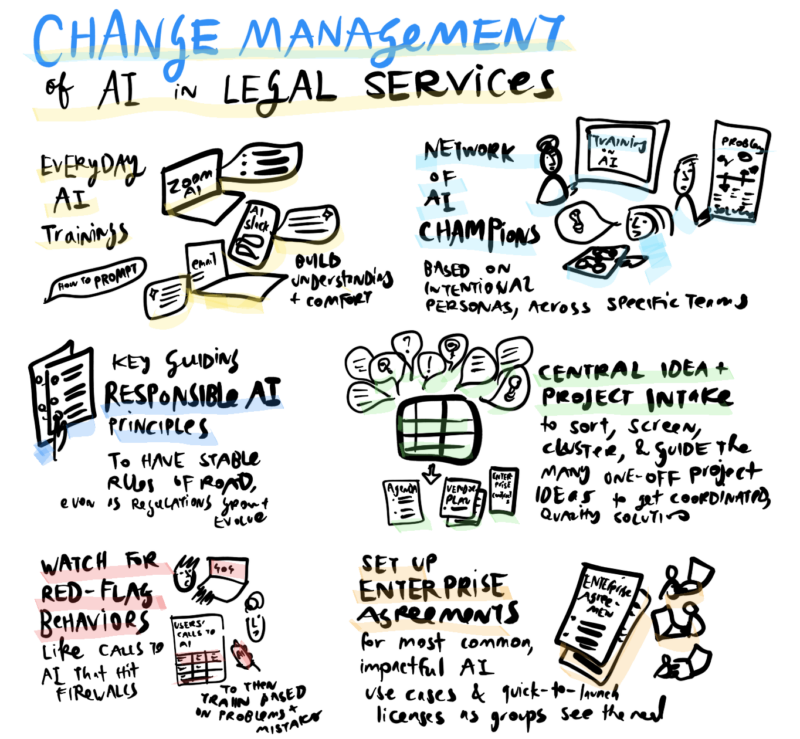
AI in Legal Teams: Change Management Plan
At recent events, I’ve heard great strategies and examples from legal organization leaders, about how they are rolling out Responsible AI policies and R&D efforts inside legal groups. Here’s a rundown of key change management & onboarding strategies for AI in legal organizations: Get everyone trained on “everyday AI” to build basic understanding and comfort. Do…

10 Guidelines for legal help information
Lois Lupica, working with IAALS and the Bohemian Foundation, made a guide for legal help providers about how to effectively communicate information to the public about the legal system and their rights. At the link, find the pdf of “Guidelines for Creating Effective Self-Help Information” with the guidelines, examples, and more details. Here are the…
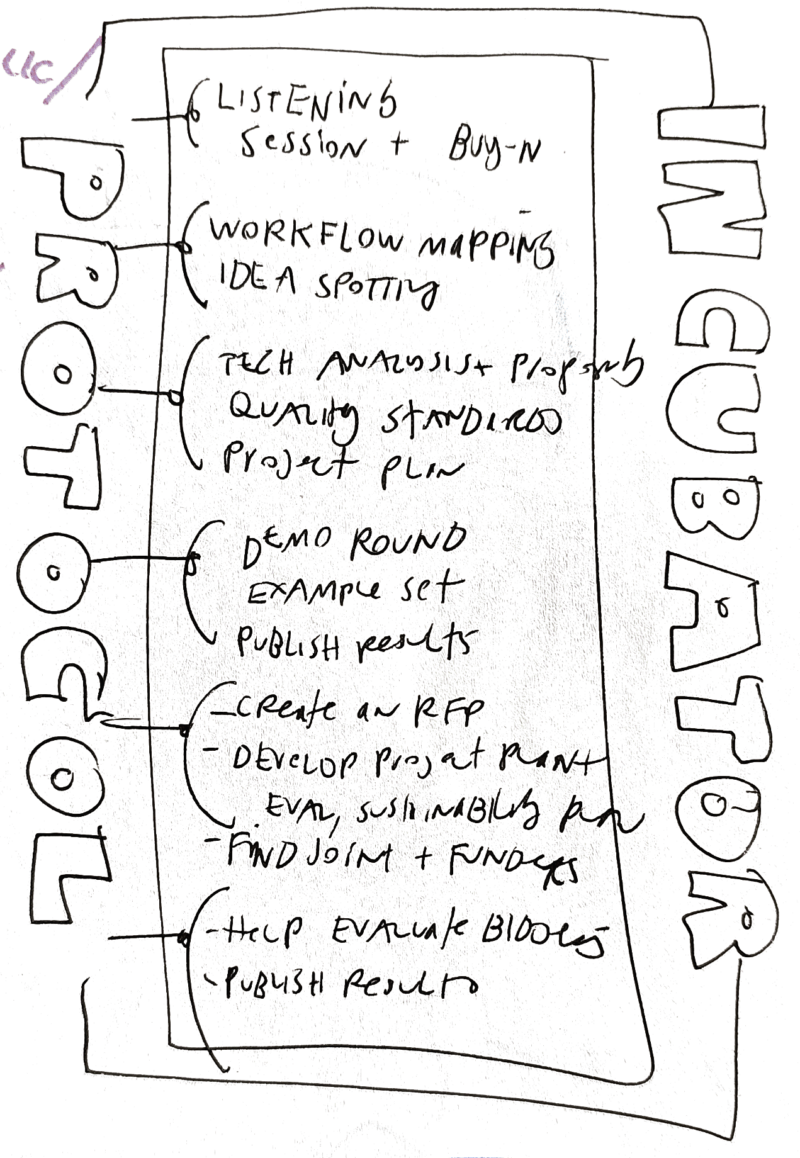
University’s role as innovation incubator in public interest tech
With the new wave of excitement & innovation energy that has come with generative AI over the past year, I have been reflecting on what university groups are good at (and bad at) when it comes to public interest technology-based innovation. Earlier in my work, I had thought about iterative cycles of innovation, with university…
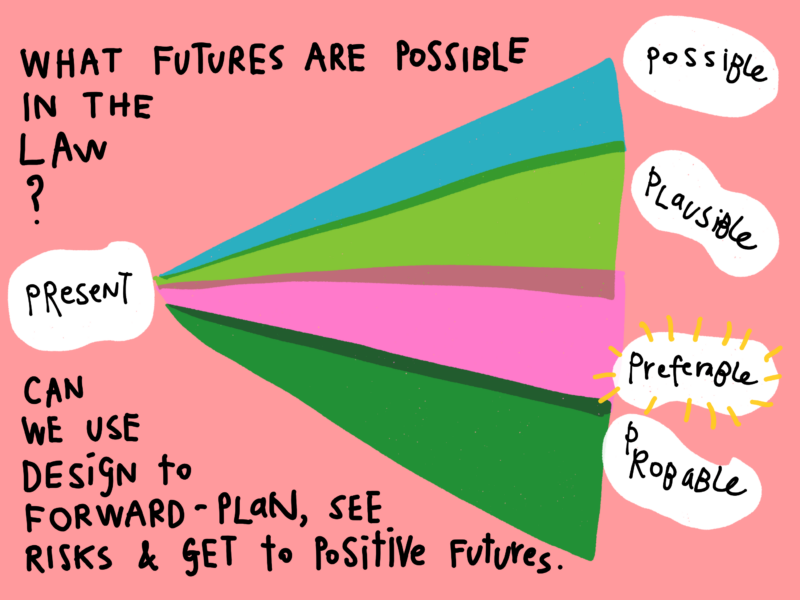
Speculative Legal Design to think big about system reform
At this year’s Legal Design Roundtable in Brussels, many legal designers presented on what methods they are using for legal reform. One main theme was around Speculative Design, in which groups of users and experts create future visions — both optimistic and dystopian— about how the justice system might be in 50 or 100 years….
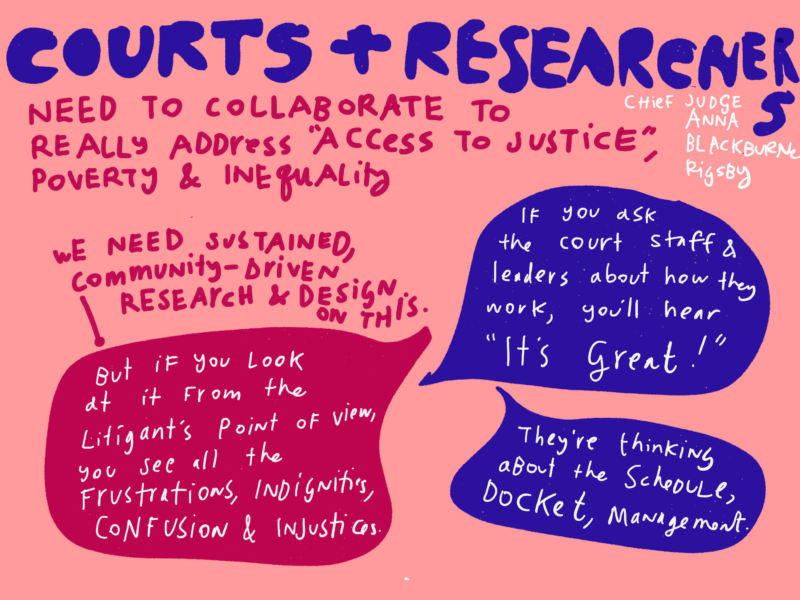
Research-Practitioner Loop in Access to Justice work
Last week I had a double conference weekend in DC. The first was with front-line lawyers and executive directors at legal aid groups and public defender officers. The second was with academics and researchers, who are studying the access to justice crisis & movement towards solutions. One call I heard: we need more collaboration between…
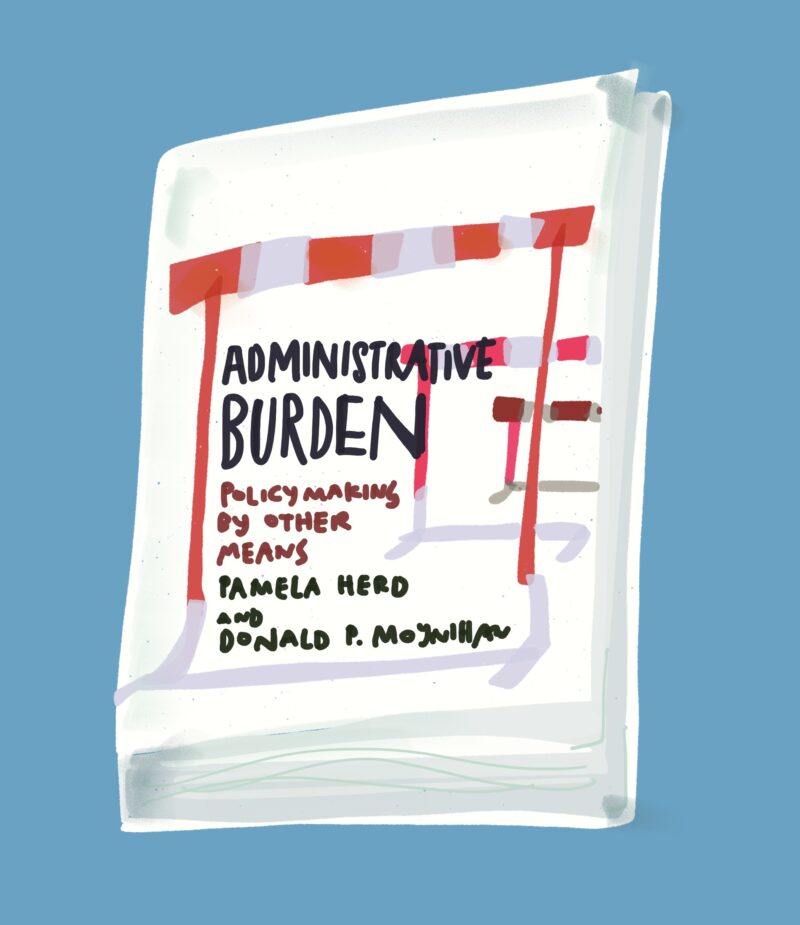
Administrative Burden book on measuring citizen’s experience of government
This book explains how policy-making often focuses too much on the policies in the abstract and does not focus on their actual administration. There’s too much focus on the policyholder or the policymaker, and not so much on the citizen’s experience More burdens are faced by those who have fewer resources to manage and overcome…
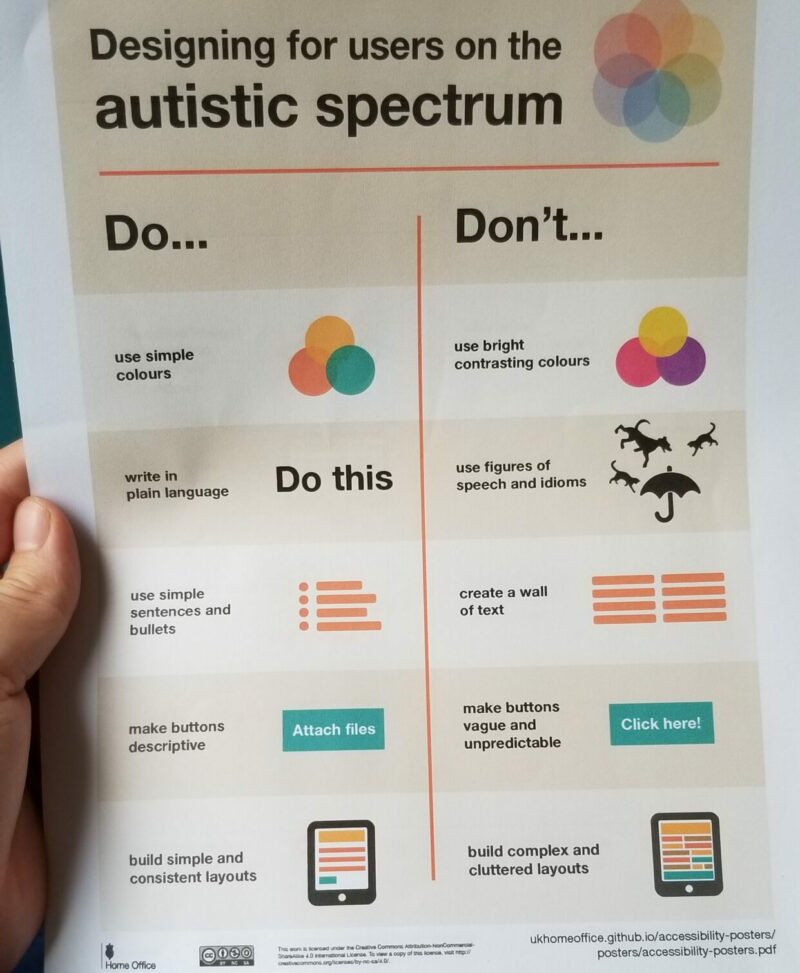
Design rules for accessible civic websites
Here is a terrific visual guide for all those making legal aid, court, or government help websites. It is from the Gov.UK team, and it lays out key principles and design patterns for more accessible websites and apps. Thanks to Nora al-Haider for the recommendation! The government made these rules This set of posters will…
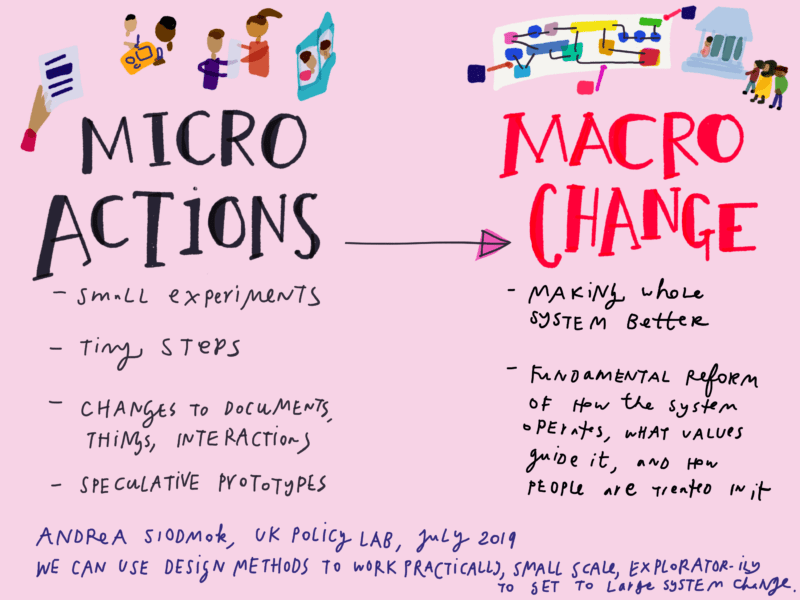
Design work for government systems change
My sketches of designer/UK Policy Lab leader Andrea Siodmok’s talk at the Digital Citizens conference in Melbourne. She presented on methods and theory of how design and futurist/speculative design methods in particular can be used to make systems change.
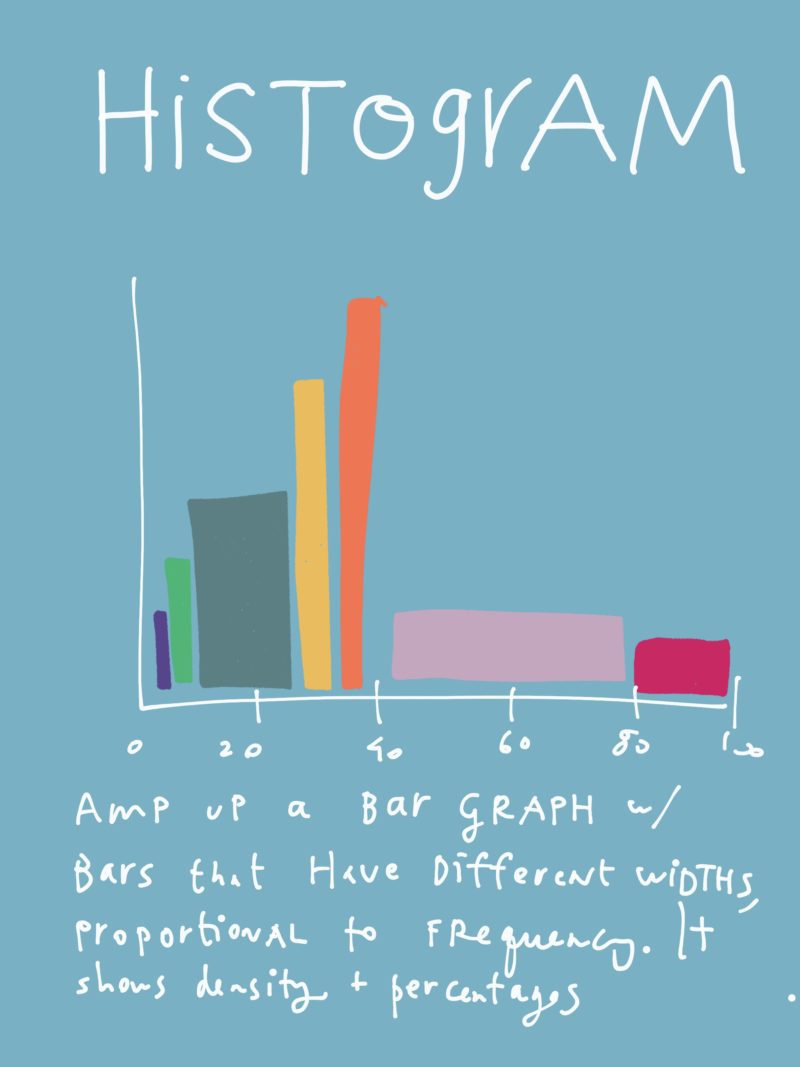
How can you visualize your statistical data?
Here are my drawn notes about the most effective ways to communicate quantitative data, for others to understand – and for focus on the most meaningful points.
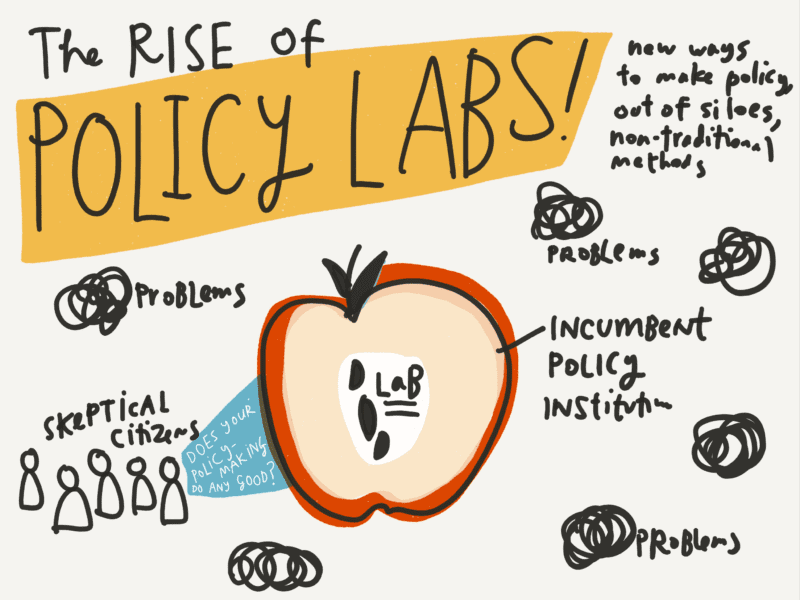
Sketching the rise of government policy labs
At a recent class on Community-Led System Design, we were lucky to be joined by Verena Kontschieder, a visiting researcher at Stanford’s Center for Design Research. She is doing a PhD on the growing number of policy labs that live in governments and intergovernmental institutions. I sketched out some of the wonderful points and insights…
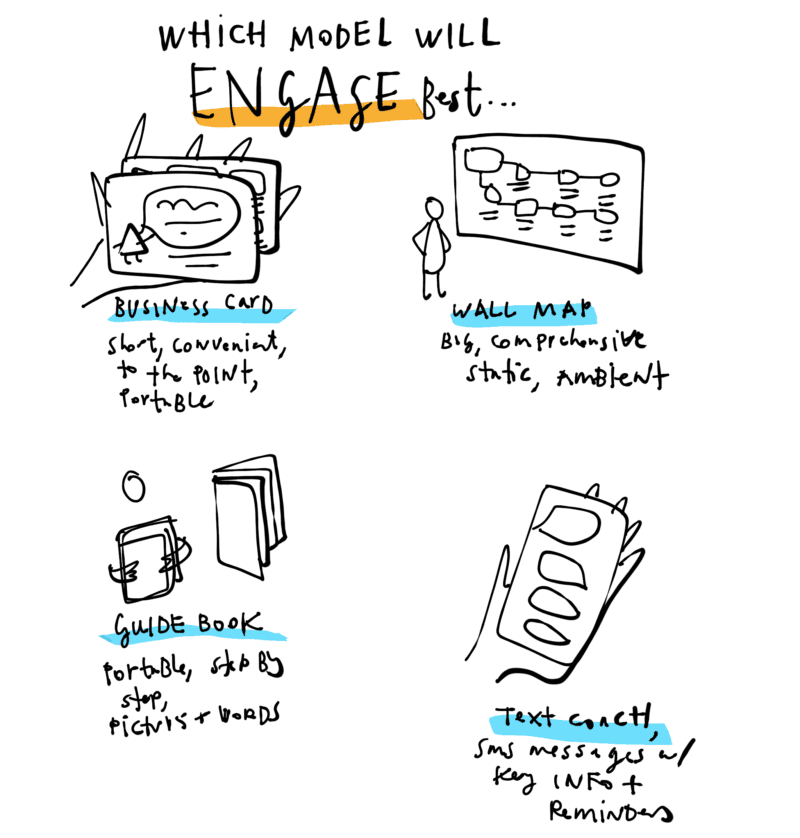
Testing engagement with different Access to Justice interventions
This year, my work at the Legal Design Lab is shifting from the strictly generative and experimental, to more evaluation and development. That means we’re not working so much on open design sprints, to spot new promising ideas, but rather more testing and refinement work – – to figure out which types of interventions are…
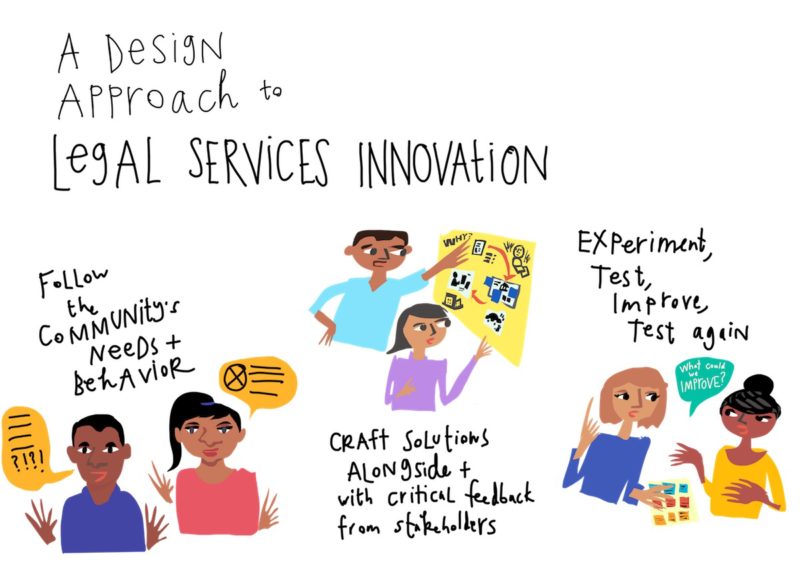
A Community Design Approach to legal services innovation
What does it mean to take a ‘design approach’ to innovation, especially around legal and social services? I made this sketch to make it clear. The key principle to follow is: involve the community you are trying to serve, and not just their advocates or others who speak for them, in the creation and vetting…
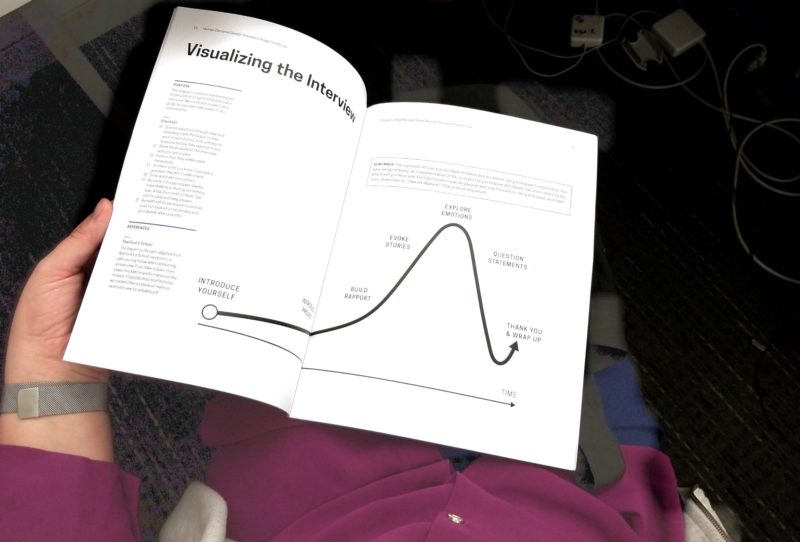
Human Centered Design toolkit book from OPM
The federal agency the Office of Personnel Management (OPM) has an innovation unit, the Lab. Through the Legal Design Lab, I have been lucky to work with them on projects, in which they’ve coached students and done design work pro bono. Now they have a gorgeous toolkit book, for use by other people in the…
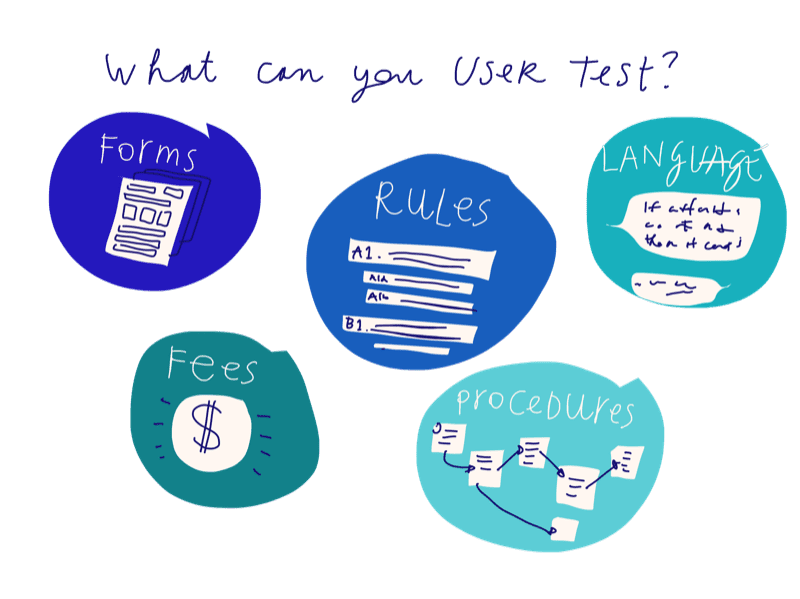
User Testing for courts
How can courts, especially those that serve self-represented litigants, test their new ideas for improvements directly with their users? I sketched out these thoughts at the Court Technology Conference this past September, with particular reference to Shannon Salter’s presentation about the work she did in the courts of British Columbia, doing extensive user testing and…
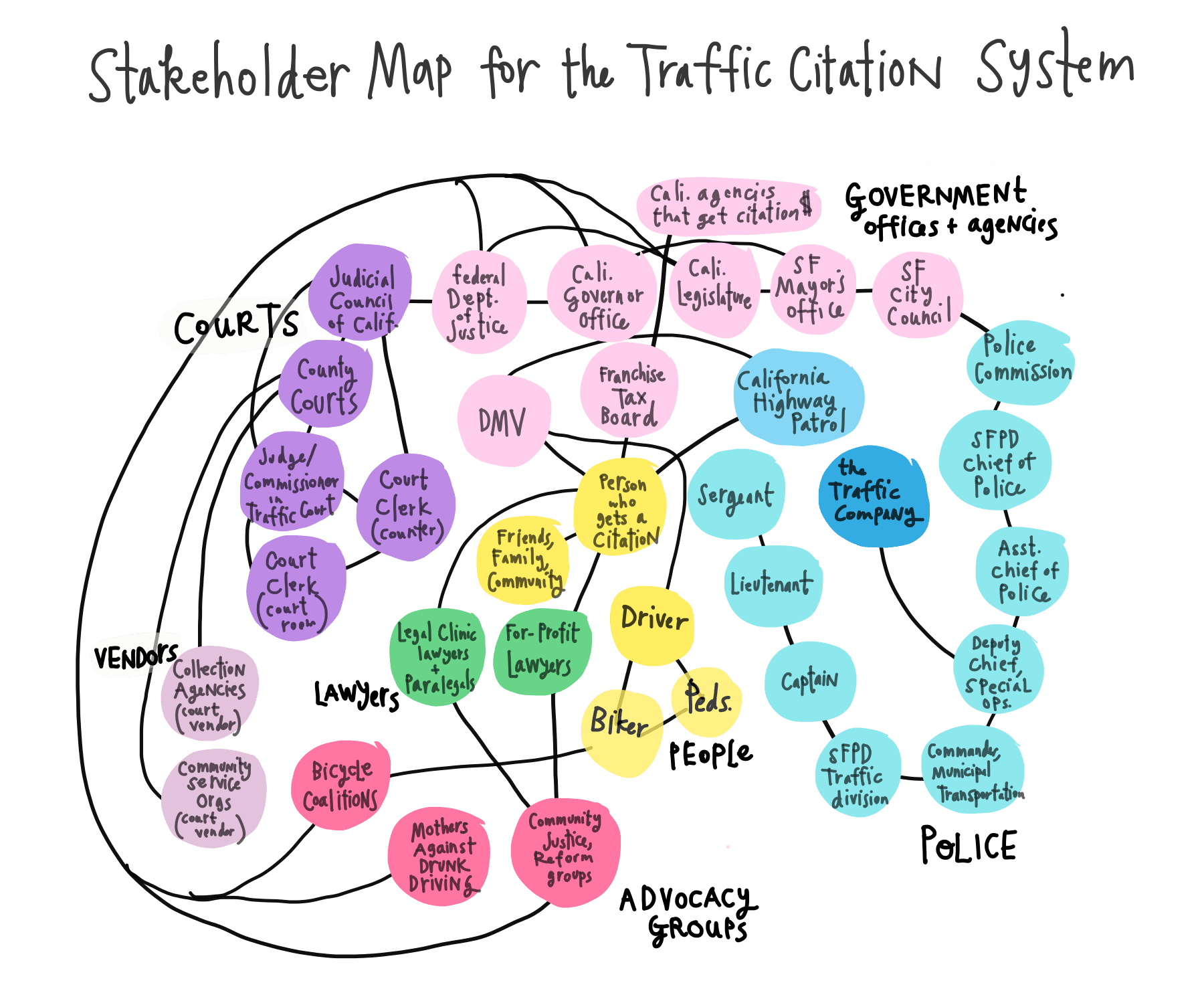
Stakeholder mapping the traffic ticket system
For a systems + design thinking workshop that I’m coaching at Stanford d.school this week, I’ve been creating some visuals to help catch participants up with the system of traffic tickets and safety on the streets. I’ve found a stakeholder map to be a very effective and simple way to sum up who’s who in…
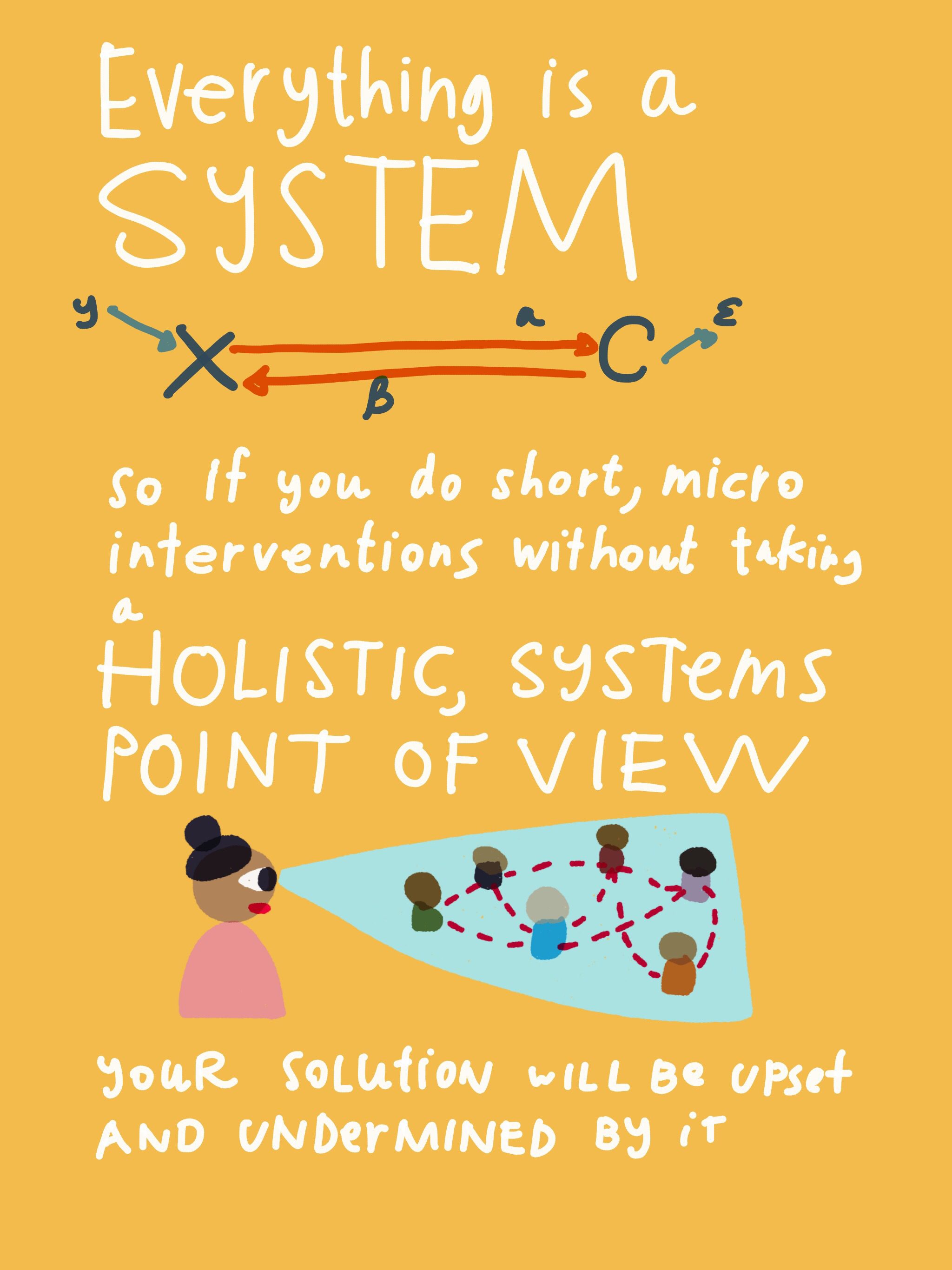
Systems in design thinking
At recent talks and conferences, I have been welcomed and challenged by people who are explicitly systems-thinkers. Some resist a design approach as too “micro” and lacking computational modeling-that would better predict outcomes rather than testing + experiments. Others see the links between participatory, multi-stakeholder design processes and a systems approach. I am thinking through…
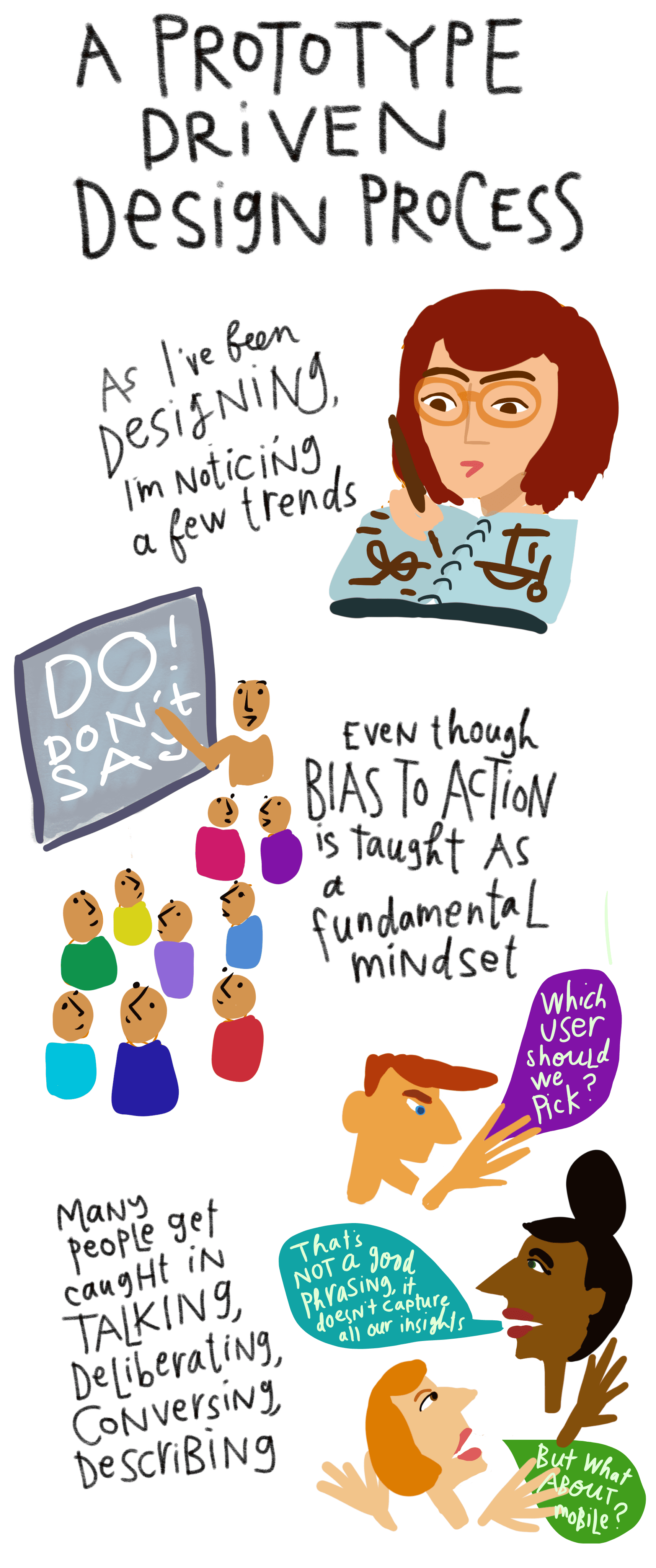
Flipping lawyers from talking to doing: Prototype-first Design Process
One of the main points of resistance for lawyers in the design process is getting from talk to action. It’s too easy to start off with best intentions, but then get stuck in discussions, mapping, and brainstorming — without moving to making. This is a real challenge if your interest (like mine) is not just teaching design,…
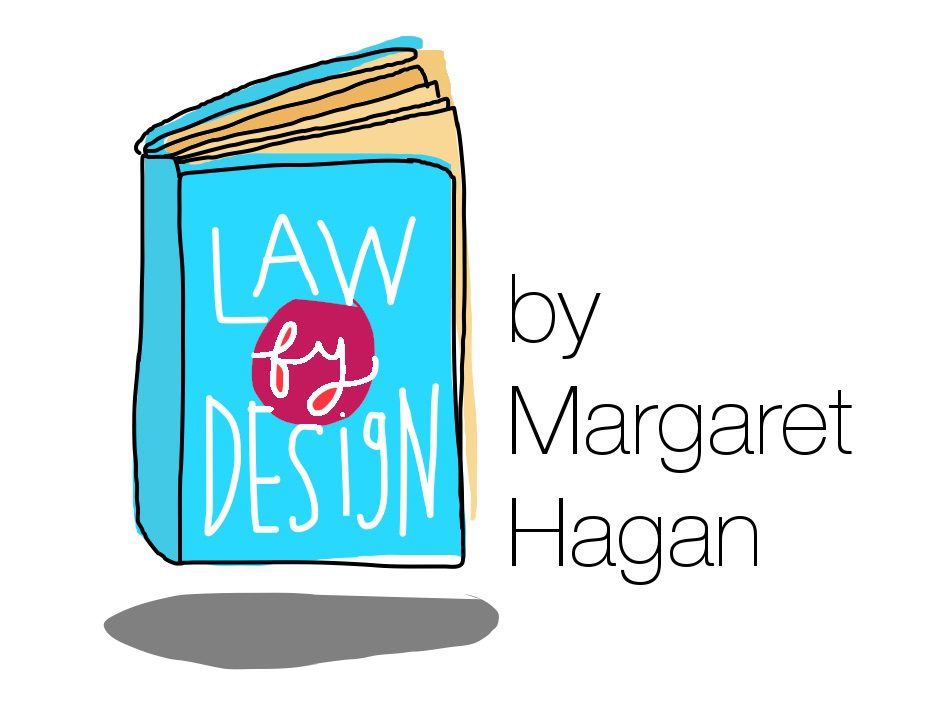
Law By Design, the book
I have just released the first working version of my book, Law By Design. It is meant for people in the legal system, to understand how design process, mindsets, and patterns can help them solve the big challenges they are facing. I have compiled my notes, insights, and work into these chapters to lay out…
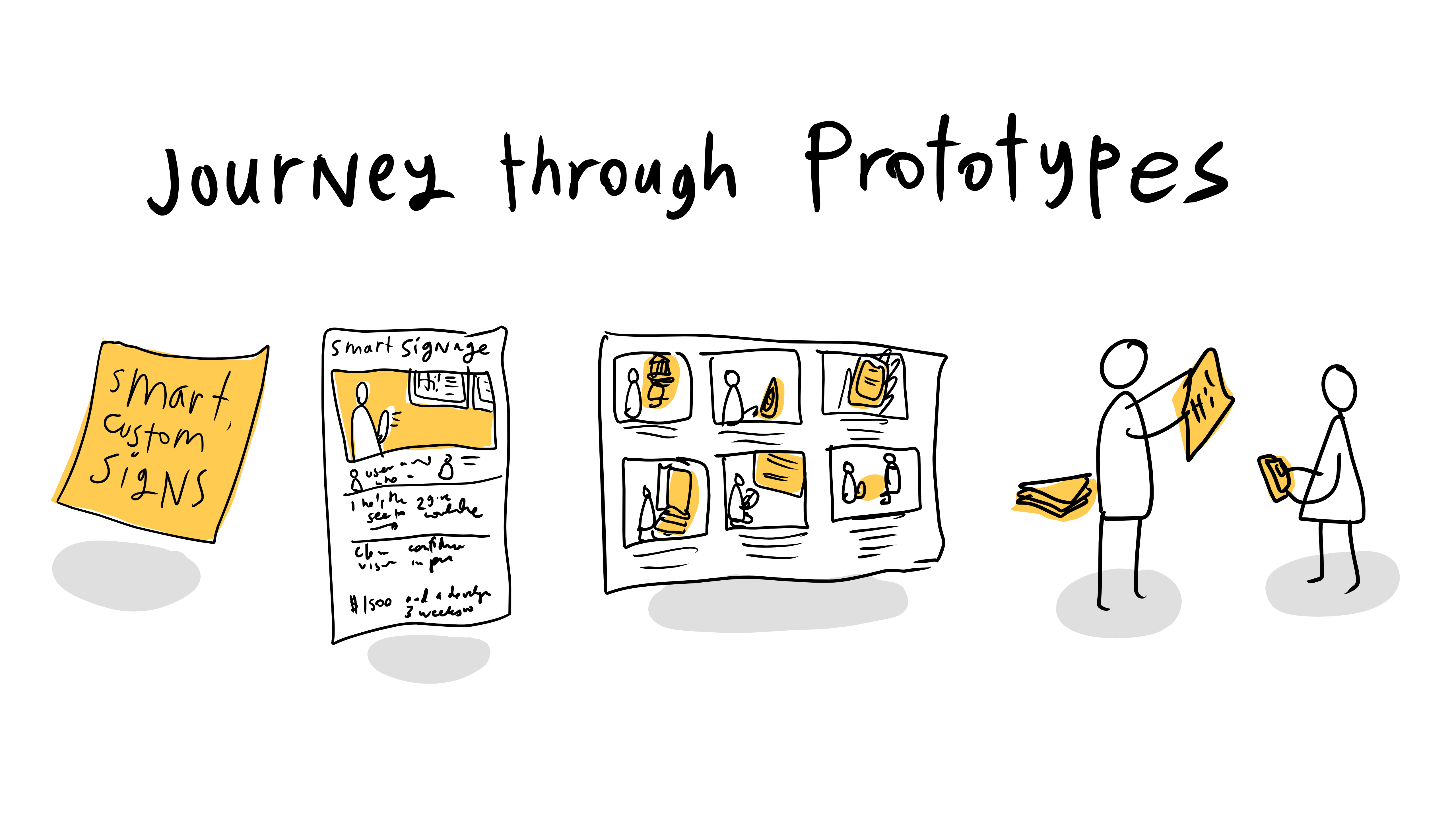
The Prototype Journey: from post-it to wizard-of-oz
In our Prototyping Access to Justice class, Kursat Ozenc and I are leading student teams to get quickly from speculating about how the courts could be improved to implementing new concepts. In our class today, in week 3 of the course, we had the students make some more progress along the Journey of Prototypes. The…
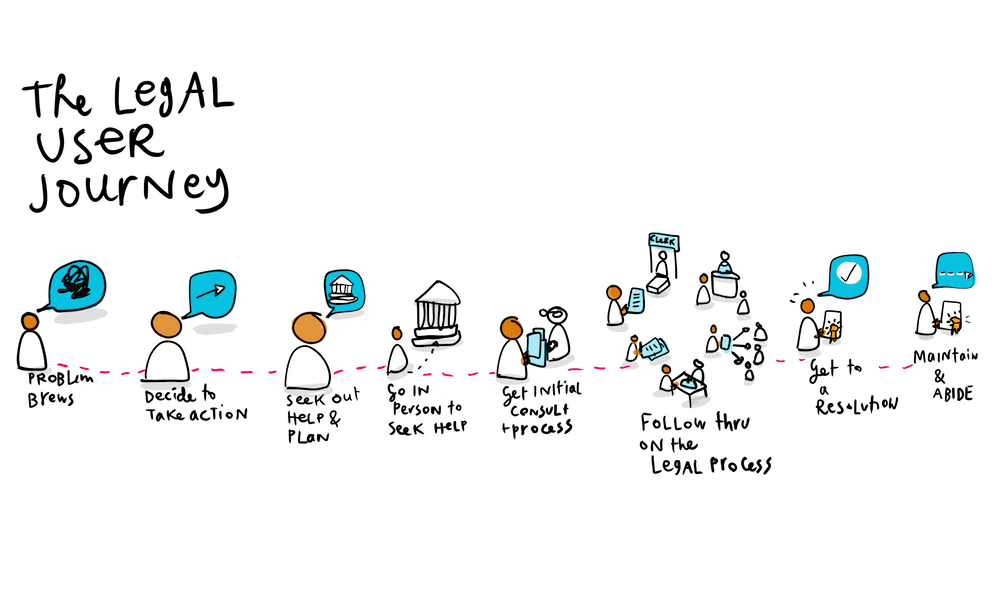
A Service Design approach to the Legal System: mapping user journeys
In the Prototyping Access to Justice class that I’m teaching this quarter at Stanford, we’re taking a “service design” approach to the legal system. This means considering both the ‘front-end’ experience of the legal user goes, as well as the ‘back-end’ experience of the service providers go. Thinking of legal services through the lens of…
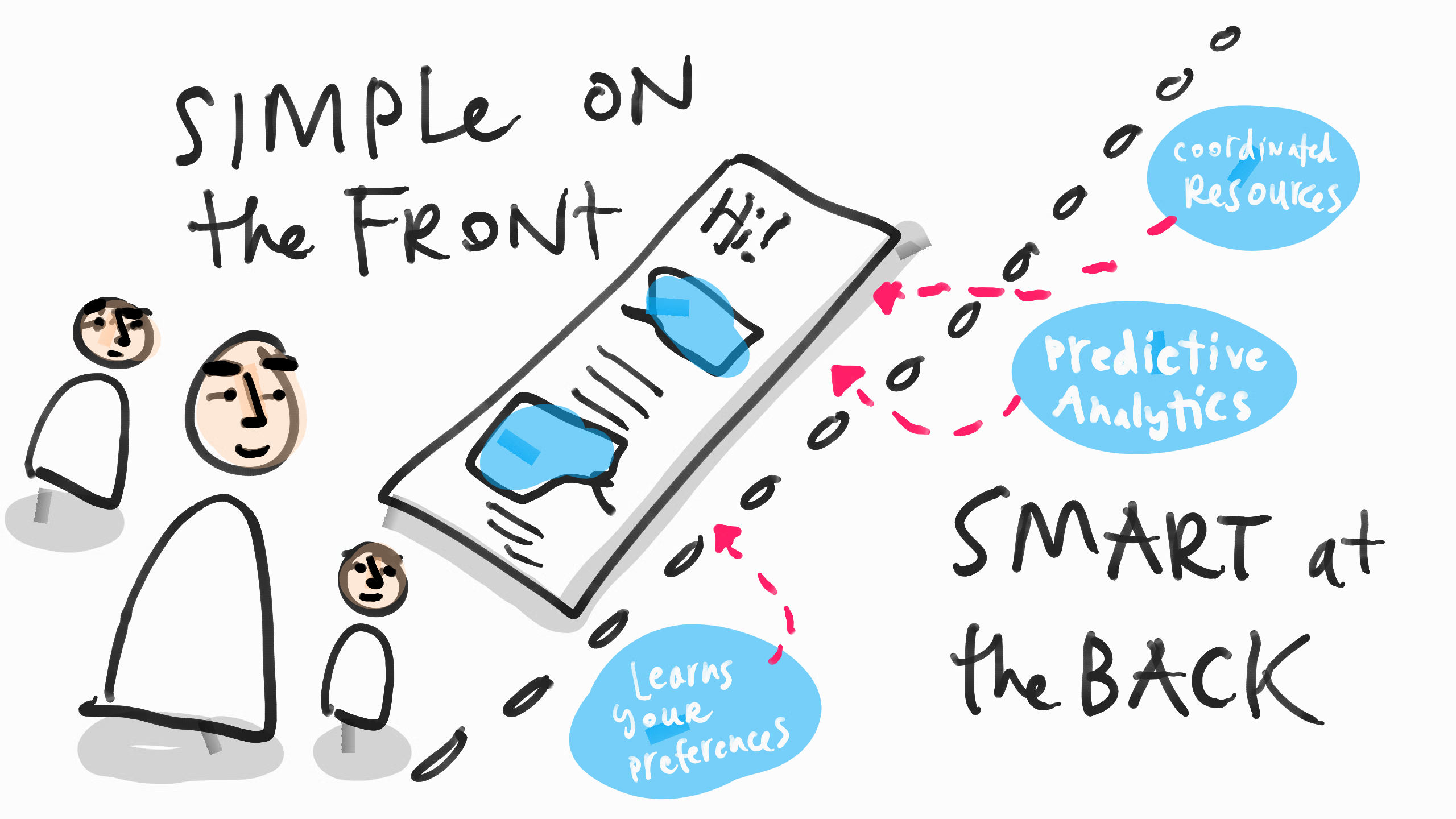
6 Core Principles of Good Legal Design
This post was originally published over on Stanford Legal Design Lab’s Medium publication, Legal Design and Innovation. Enjoy! Out of all the workshops, design cycles, and product development that we’ve worked on at the Legal Design Lab, there are a few key principles that have emerged. The concepts that have these types of features are…
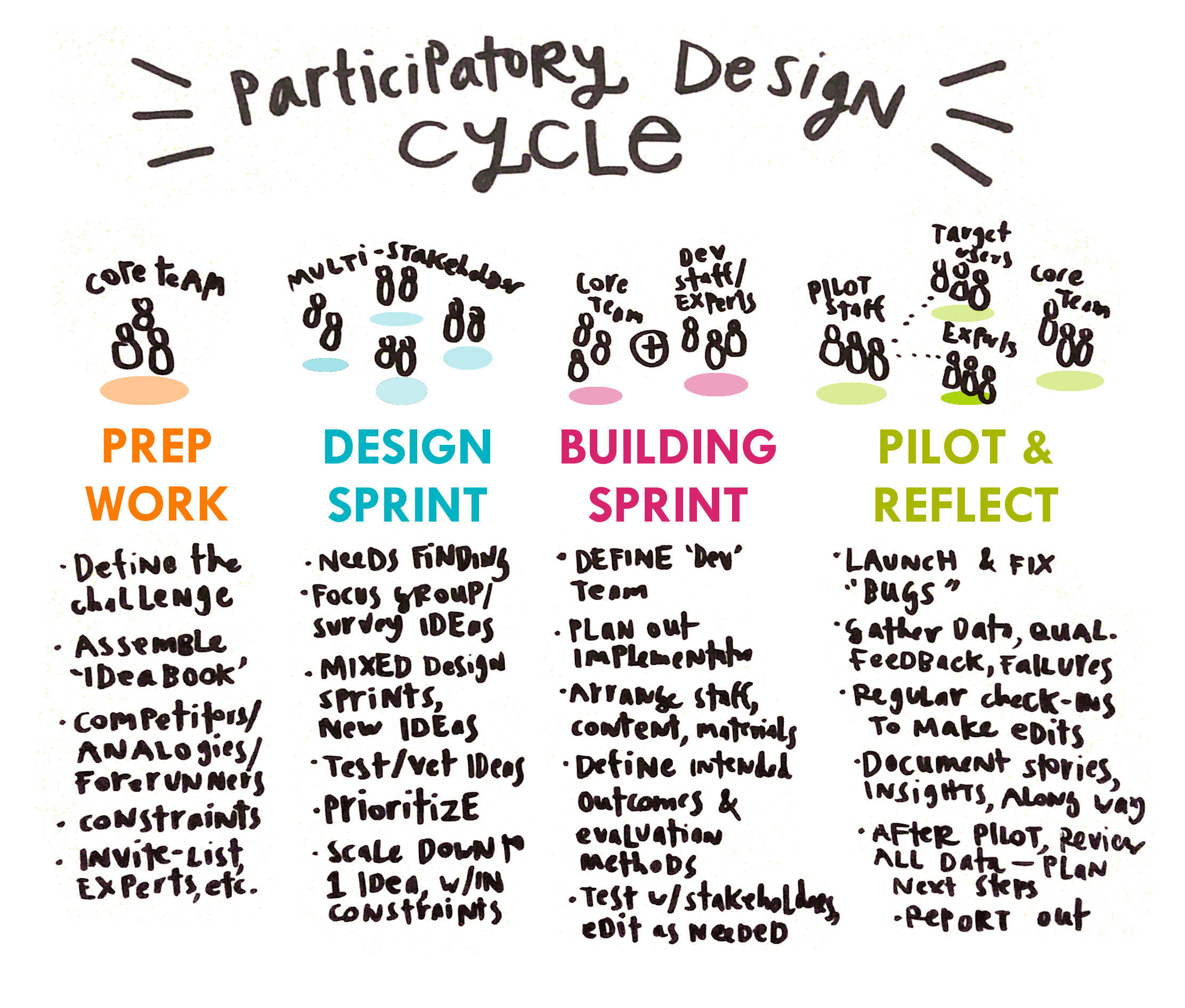
Participatory-Agile design cycle plan
I have been thinking about better ways to integrate the quick-development cycle of the Agile Design Process, and the community-driven spirit of Participatory Design. Here is my initial plan for what such a process would entail. The goal would be to run several of these cycles, in order to try out several different concepts rapidly….
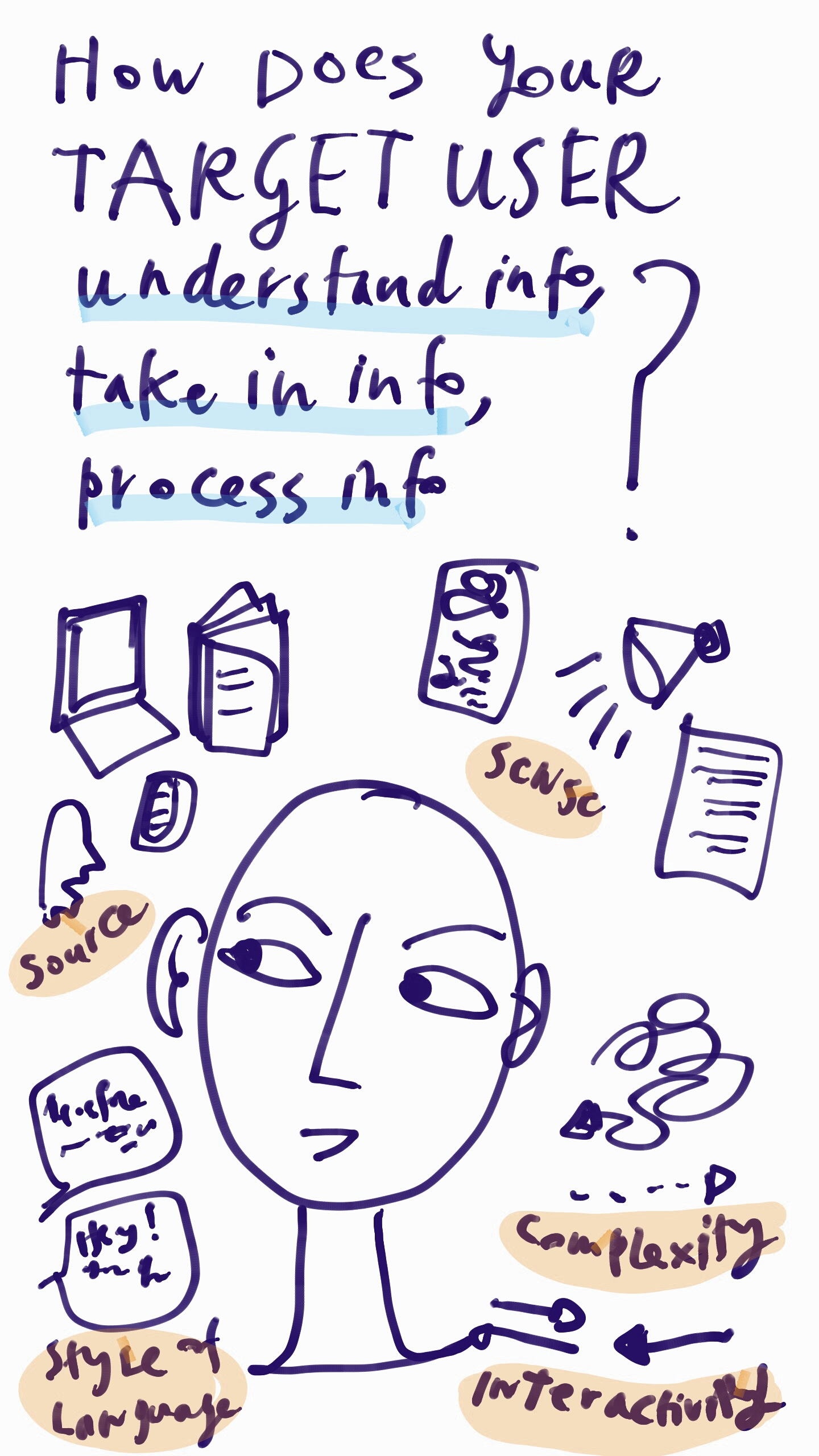
Information Persona to understand your target audience
Particularly for legal design, I find it very useful to do a special kind of ‘persona document’ for the audience you are trying to engage. This persona should all be about information preferences. How does your person like to consume info? Tech channels or not — and for which kinds of info? What style of…
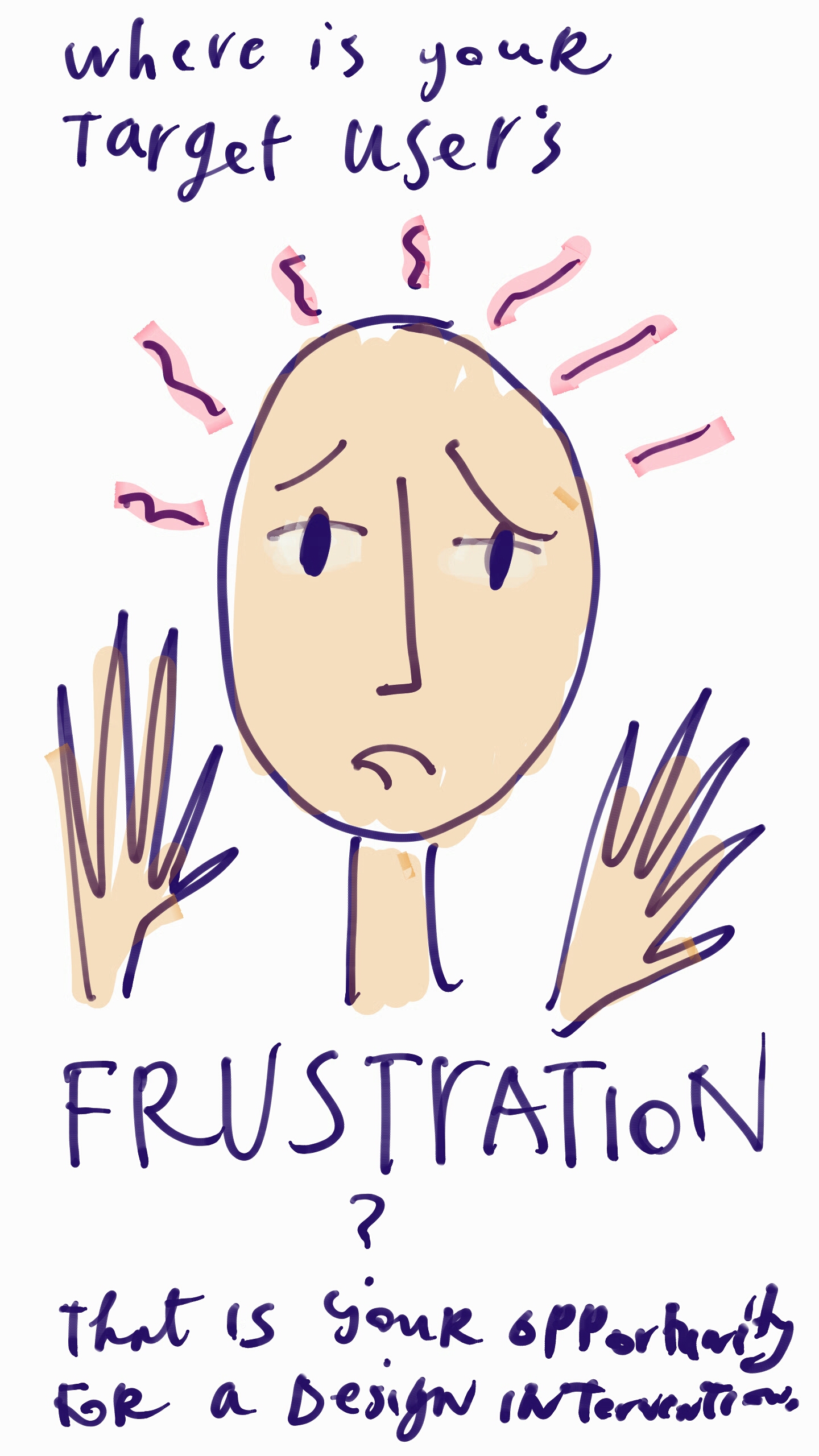
Design Process: go to the frustration
A notebook sketch I made for a class presentation on going from user research to brainstorming. The in-between step: scouting the frustrations — where your stakeholders and target audience are going nuts, hacking half-baked solutions, feeling exhausted and hating the current system. Those frustration points are opportunities. Because if you frame your new interventions as…
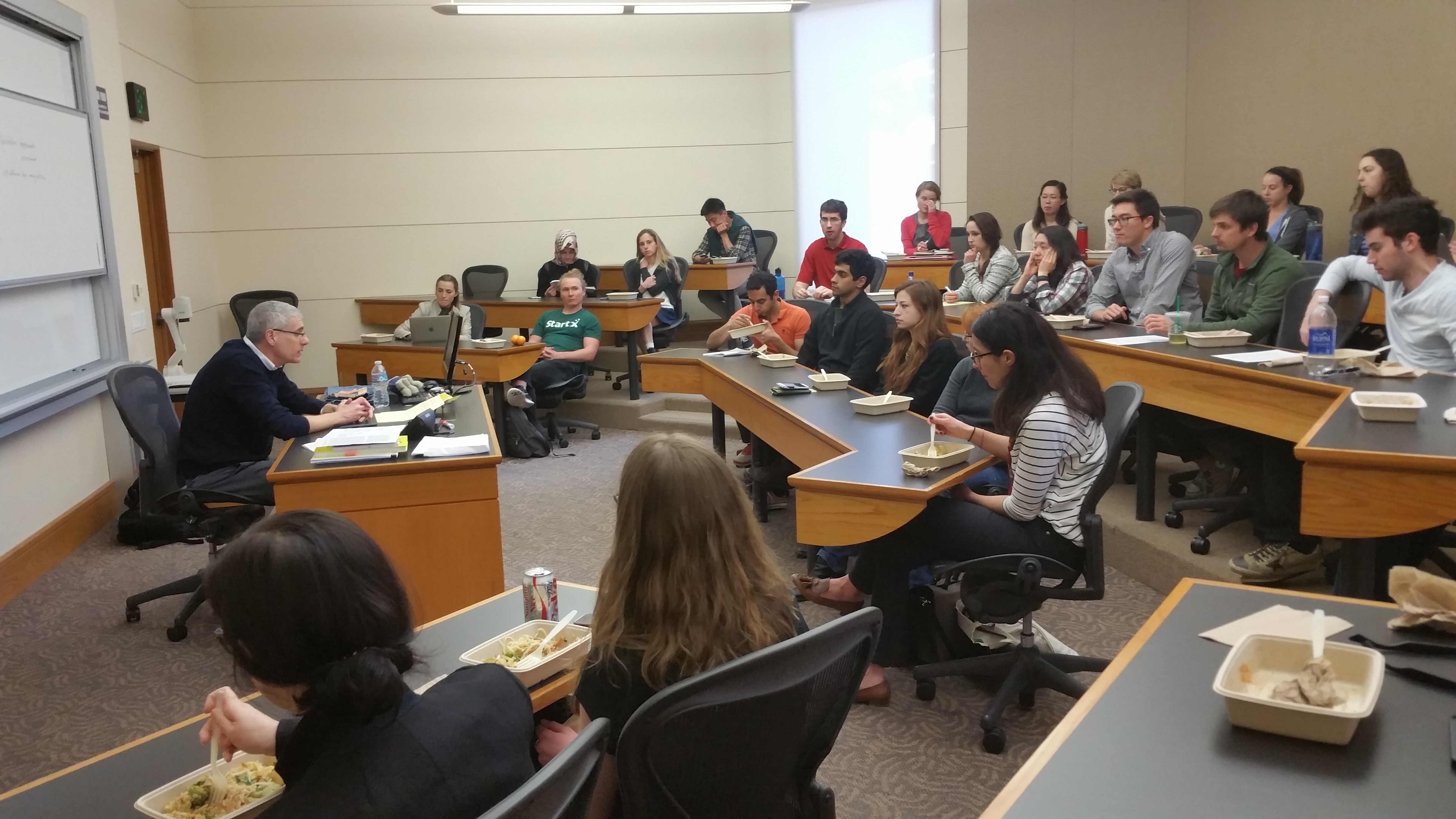
Prof. Jay Mitchell on Visual Design For Lawyers
This afternoon, I had the privilege of hearing Professor Jay Mitchell of Stanford University (and director of the Transactions Clinic at the Law School) speak about the value of graphic design and sketching practices for lawyers. Jay has a book, Picturing Corporate Practice, coming out at the end of February, that brings a design approach…
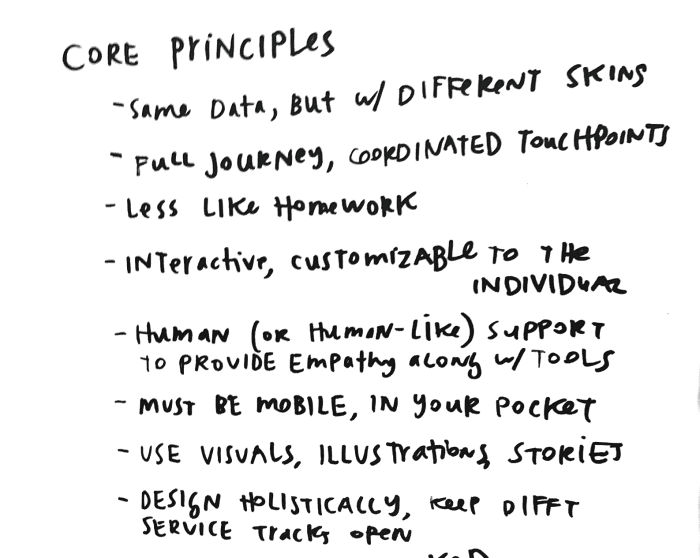
Core principles for good design in online legal services
I jotted down this small shortlist during a recent conference, when I was sifting through all of the points that I have been making in different venues, for different audiences, drawing from different research projects and design work. This isn’t meant to be totally complete, but it’s not half-bad as some core metrics and to-do’s…
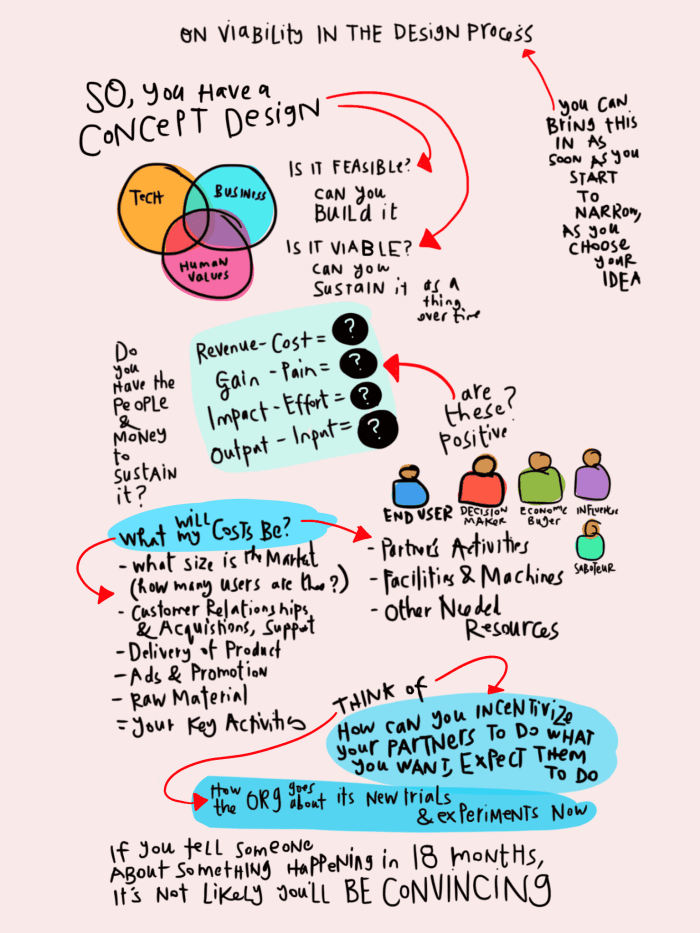
How can we make our designs more viable?
This is also an old page from my sketchbook — it must have been from a session at the d.school, and notes I took about how we can review our concept designs for more feasibility. I have been going back through all my old notes on the design process, and compiling them into a short…
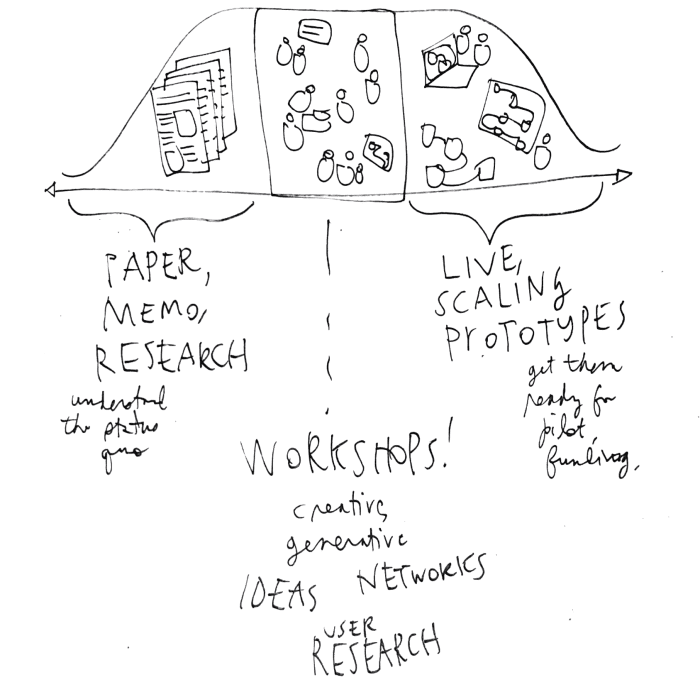
The Design Process & Research Outcomes
This school year, my priority is focusing on how to take the design process & adapt it to create research outcomes that are meaningful to the academic community — as well as to practitioners. The most direct adaptation is to extend the current style of design process I’m using, and then add on more research-driven…
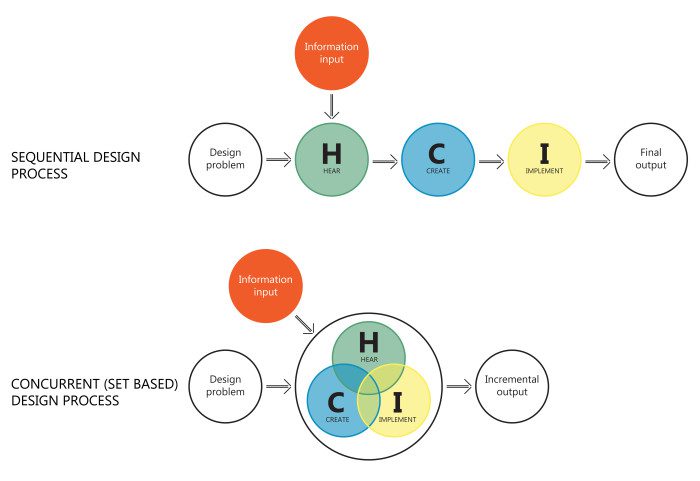
Why change the design process to be messier & less sequential?
I came across this blog piece by the Dutch group Am I a Designer, exploring the question of “Why change the design process?” They resist an overly formalized, step-by-step design process — what they call a sequential design process — which makes the process seem clean and clinical. Instead, they push for a more cyclical,…
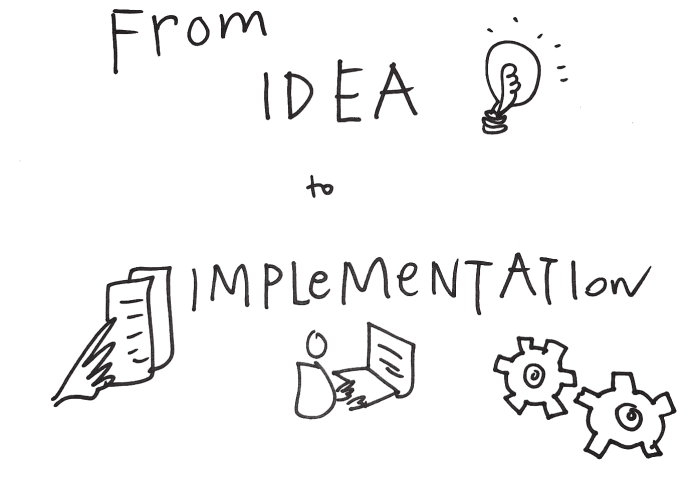
From Idea to Implementation: a design note
After a conversation with a legal colleague who’s working on a new software project to simplify how courts and lawyers communicate, I was inspired to sketch out some thoughts on what an idea-person should be thinking about, to take their idea on a path that would lead to successful implementation. How do you get other…
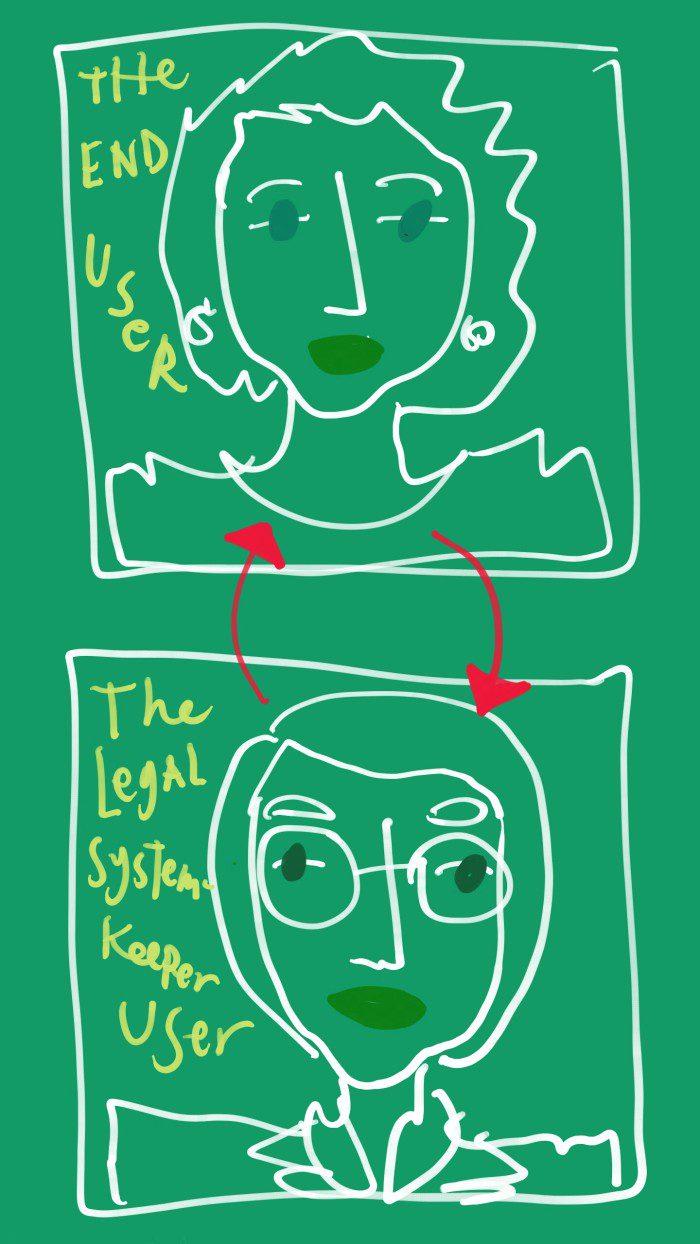
Two-headed designs: for better client experience, and better systems & policies
Last week, during my class Into to Legal Design Class, we had some guest designers from Intuit, who work on improving the user experience of their tax customers. One of my students asked the designers if they also work on how the customers’ tax filings will be received by the IRS. The question was —…
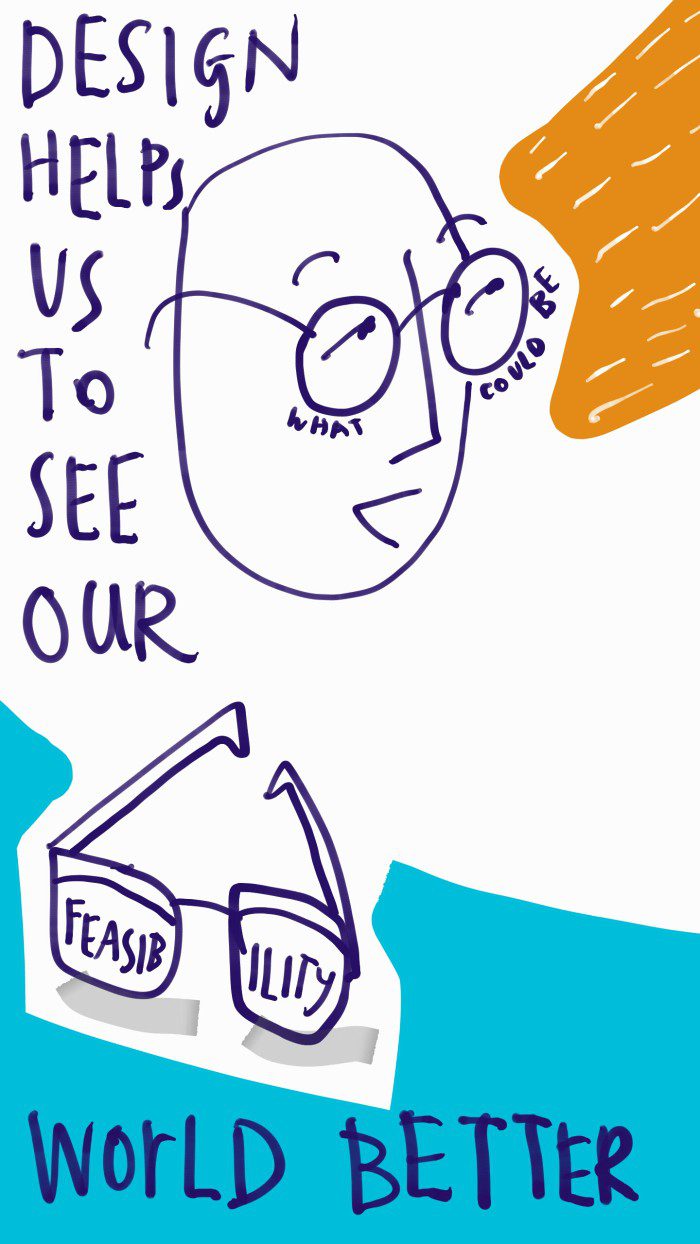
Design helps us to see problems in better ways
As I’ve presented design to lawyers over the past several years, one of the main points of value I’ve heard echoed back from lawyers is the mindset of putting ‘Feasibility’ on hold, and focusing on ‘What Could Be’. If nothing else, design thinking can help us as lawyers to pause our critical, analytical approach long…
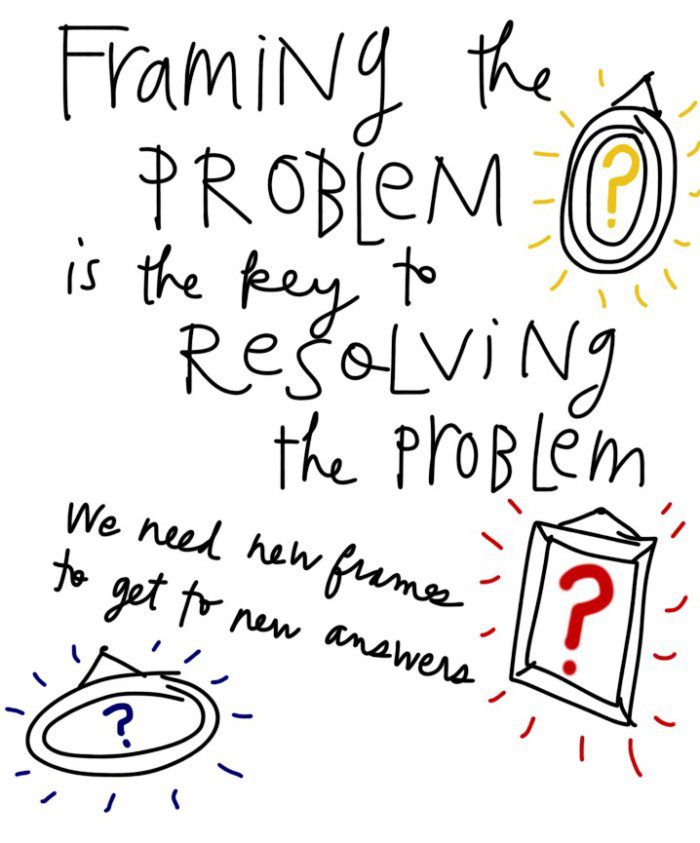
Design Mindset: Framing the Problem as a Way to Resolving the Problem
A quick sketch of one of the key mindsets I’m trying to teach my students — and what design can offer to law. How do we think about problems in fresh ways, user-centered ways? How do we listen & research to get to root problems, rather than superficial ones? That’s what the design process encourages…
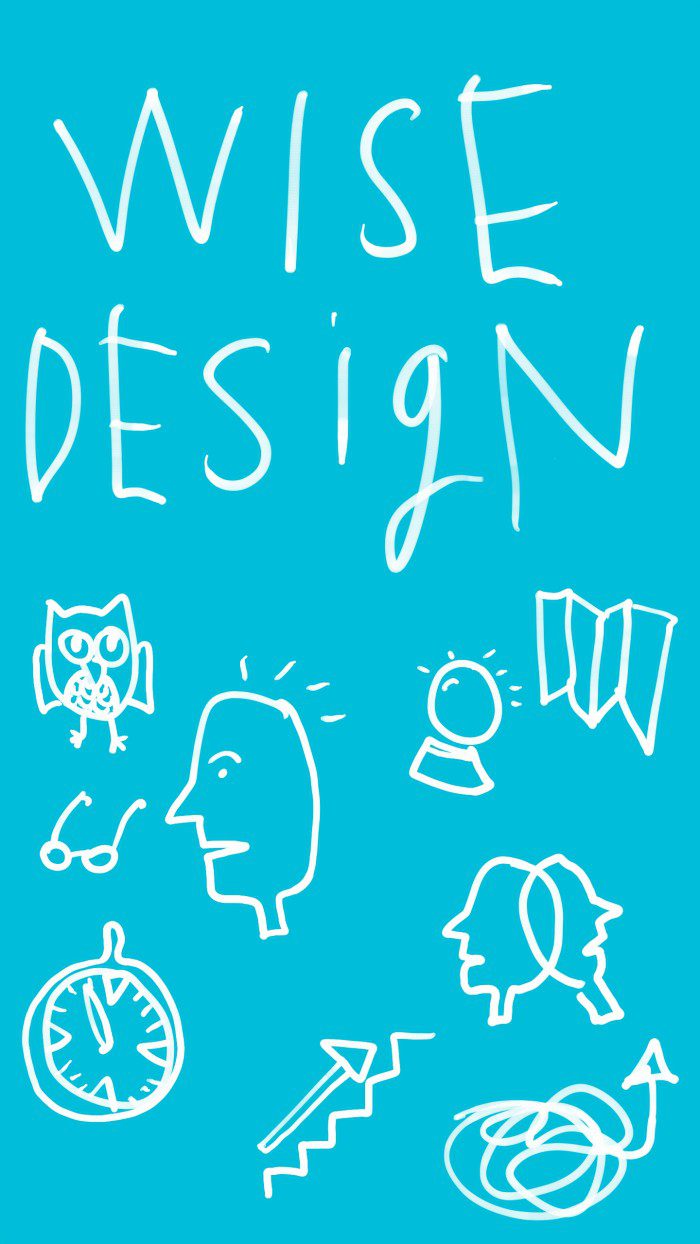
How can design help people make smarter decisions? A Wise Design manifesto
by Kursat Ozenc & Margaret Hagan Everyday we make all kinds of complicated decisions, but (usually) without thinking much about them: a contract you sign, a mortgage plan you are commit to, a credit card you sign up for, a tax form you file, a medical treatment you agree to. Most of the time, these…
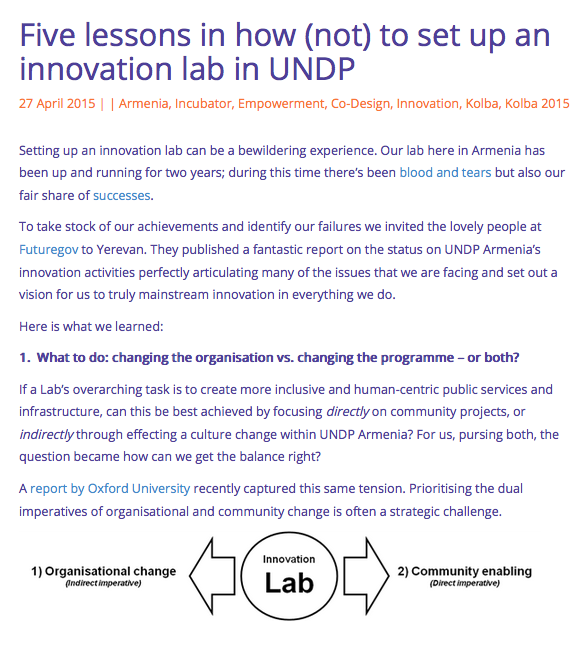
Lessons about building an innovation lab & organizational change
Claire Medina and Joe Hodge of Kolba, a social venture incubator in Armenia, has an interesting post about the challenges that a small group inside of a larger org will have, when trying to introduce a design-thinking approach & push for innovation. They have encountered some challenges in encouraging a design approach to spread within…
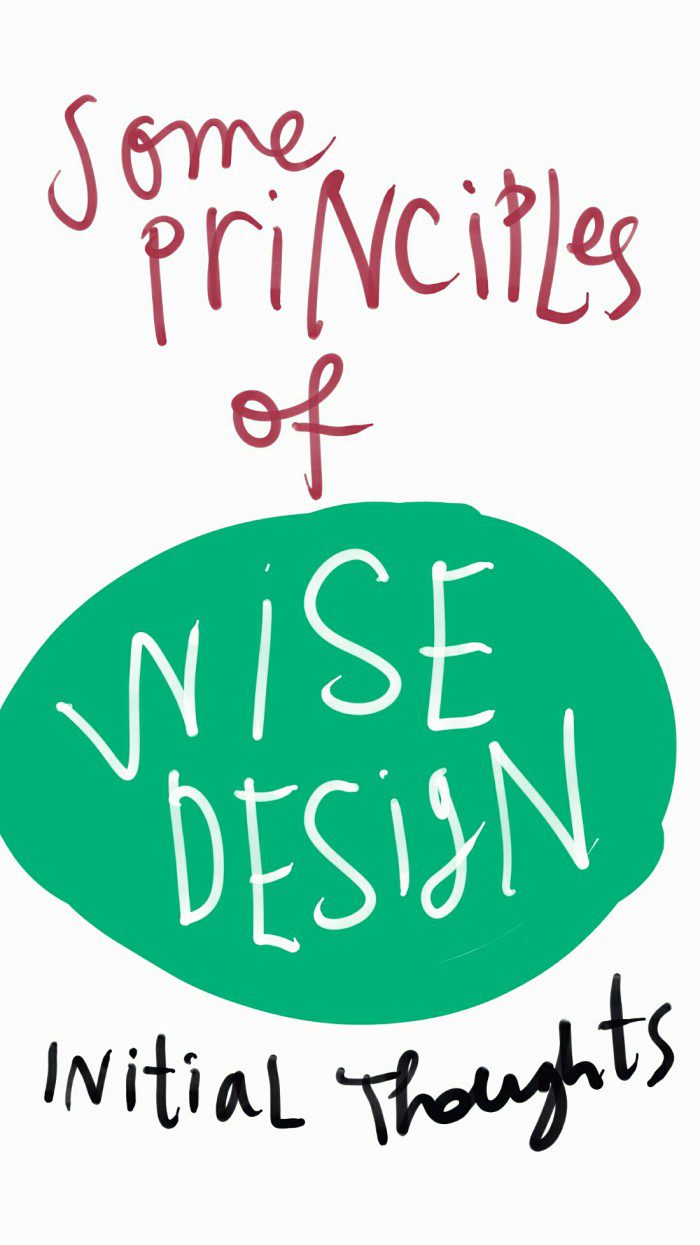
Principles for Wise Design: bird’s eye view with zoom in
I have been fleshing out my concept of Wise Design, with specific principles, methods, and mechanics. Here is one insight that comes up again and again when helping people make smarter decisions.
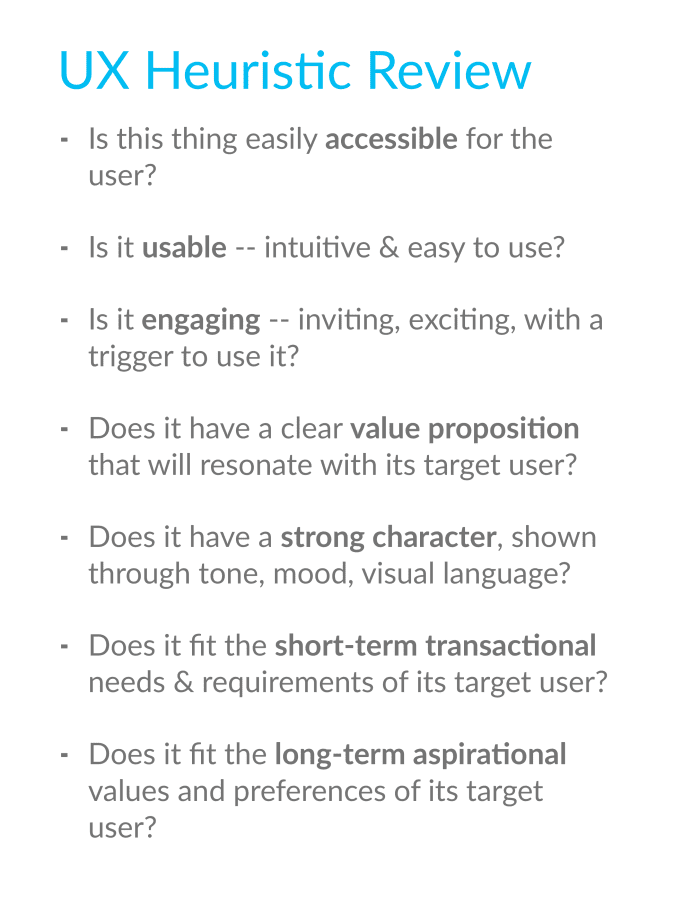
User Experience Design Heuristics: a short checklist
For my class this quarter, I’m focusing on “the user experience of law” — and how to get the students equipped & thoughtful to develop great UX into their own service designs. To be more concrete about what I mean when I talk about UX with them, I developed a shortlist of heuristics (or rules…
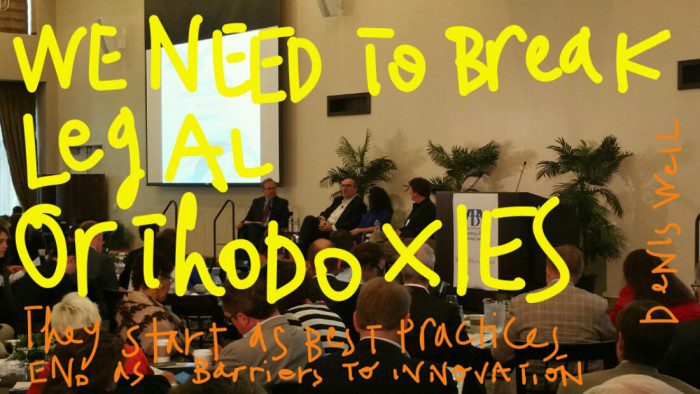
We need to break legal orthodoxies #abafutures
From design strategist Denis Weil, talking about connections between McDonald’s and the law.
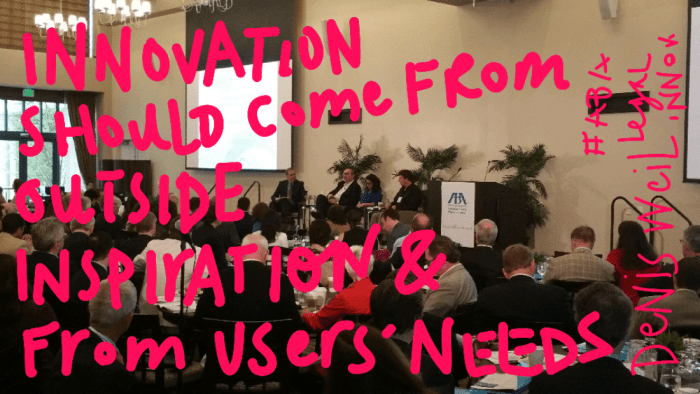
A Designer’s Take on Legal Innovation #abafutures
Denis Weil, a design strategist, speaking to the ABA Legal Innovation Summit on what the Law profession should be doing.
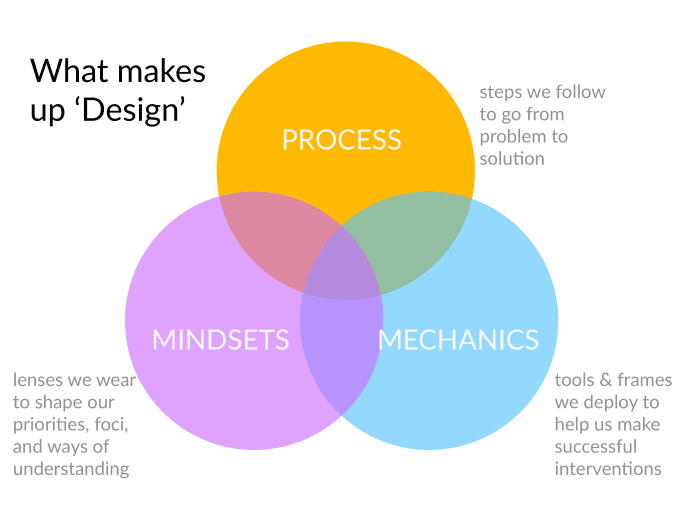
What Makes Up Design: process, mindsets, mechanics
As I’ve been writing up my ‘Design for Lawyers’ book & preparing my class presentation — I’ve been forming this venn diagram in my mind. Before, I would always explain ‘Design’ as composed of process and of mindsets. Now I’m adding a third main group — Mechanics. I’ve been struggling with what to do with…
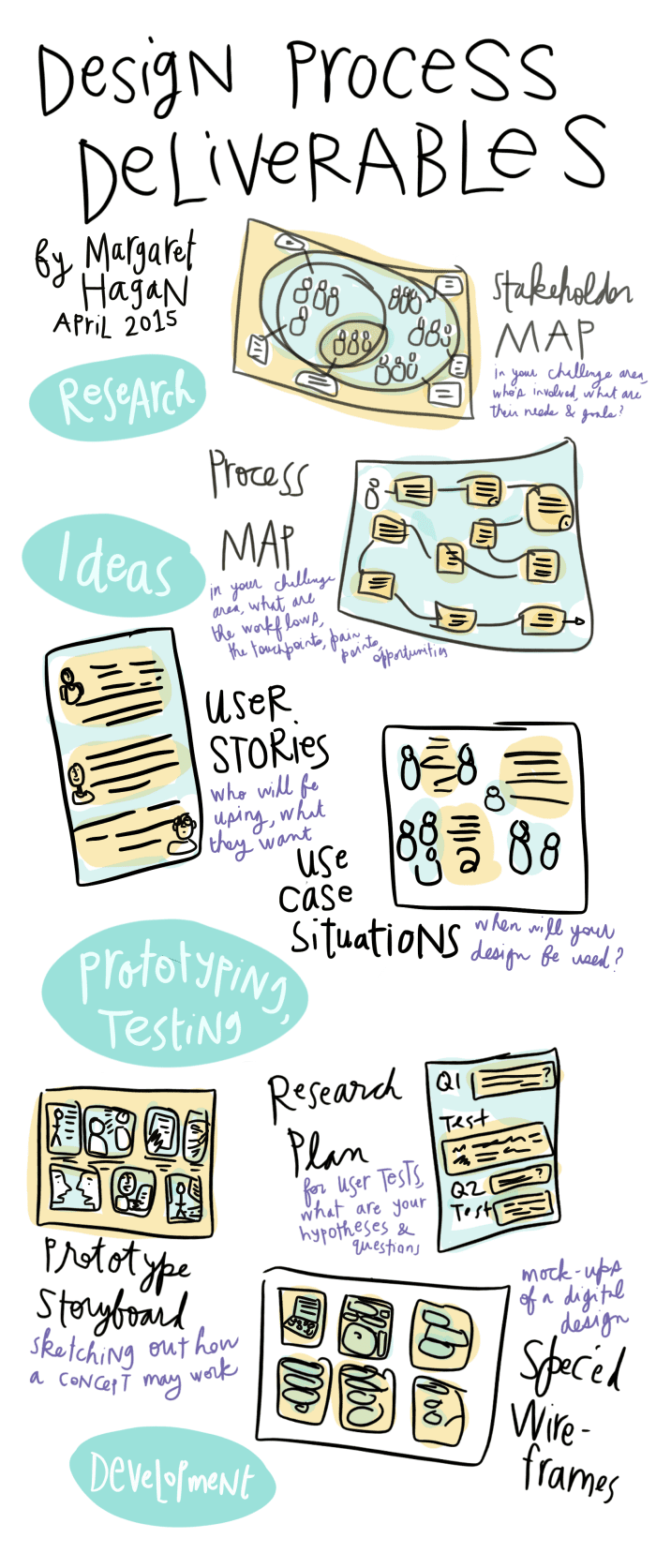
Design Process deliverables
I’ve been writing up my version of the design process — particularly for complex service & systems challenges. Part of this undertaking has been figuring out which methods & tools should be used during the process. Here is one of the sketches I’ve made, to start laying out what the design tools could be, and…
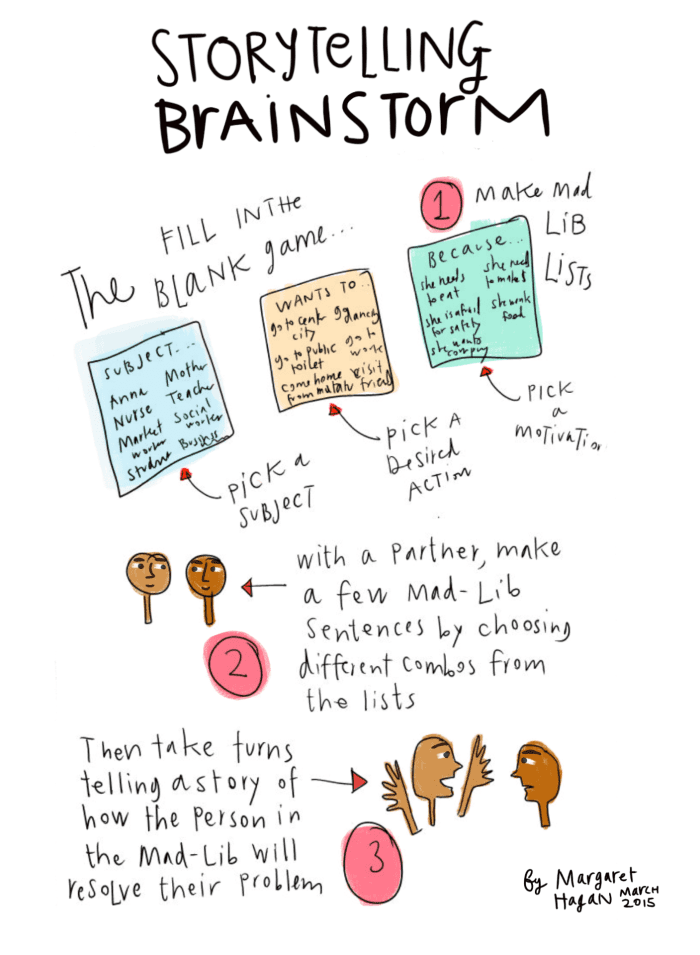
Storytelling brainstorm technique
Here is a design method that I’ve used in some of my projects. It’s useful during the user research and the ideating phases of a design process.
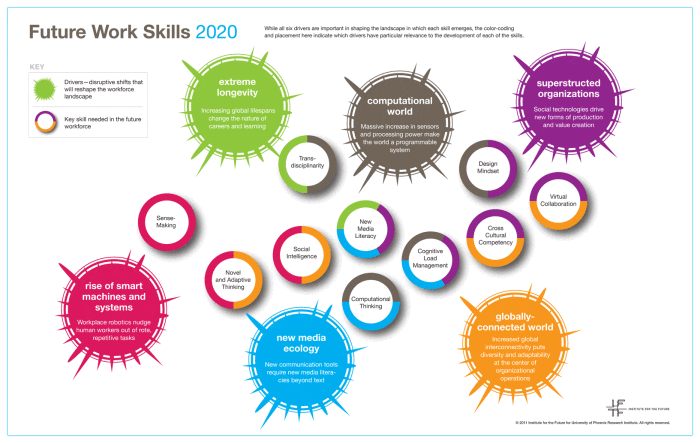
What future work skills are needed for 2020?
Here is a report via Institute of the Future: a report on Future Work Skills 2020, about what future skills are needed in the next decade. Global connectivity, smart machines, and new media are just some of the drivers reshaping how we think about work, what constitutes work, and the skills we will need to…
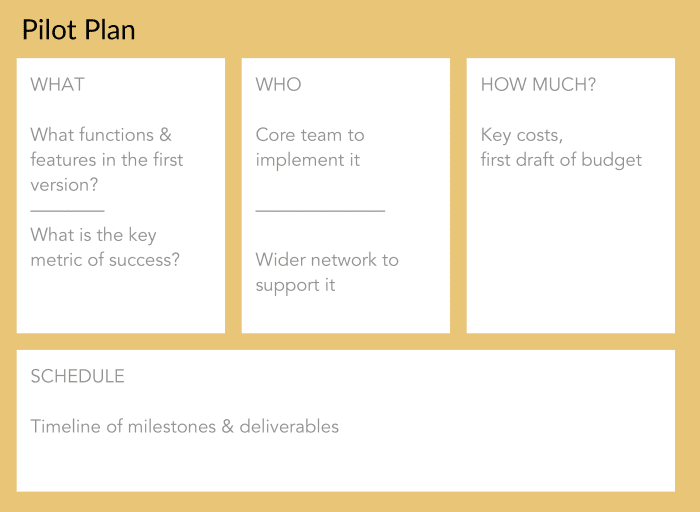
Pilot Plan template for design reviews
For some of my design workshops, I have been encouraging groups to do more Feasibility & Viability Reviews of their prototypes — even if these prototypes are more ‘sacrificial’ than ‘actual’. I find that it helps people who have fallen head over heels in love with their new prototype idea to get some critical distance…
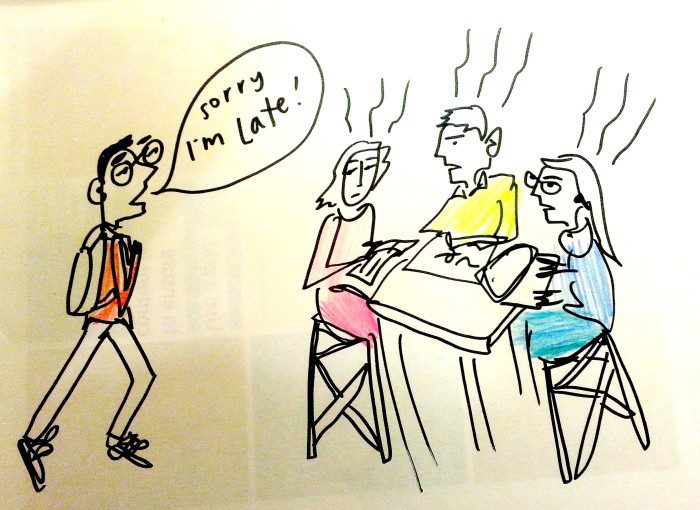
Hacking better team dynamics
As I’m planning out my Spring quarter Intro to Legal Design class, I’m thinking a lot about how to lay out ground-rules for the student teams that will be working on projects with real-world legal orgs. From my experience in many different groups — all at wildly different levels of camaraderie and functionality — I’m…
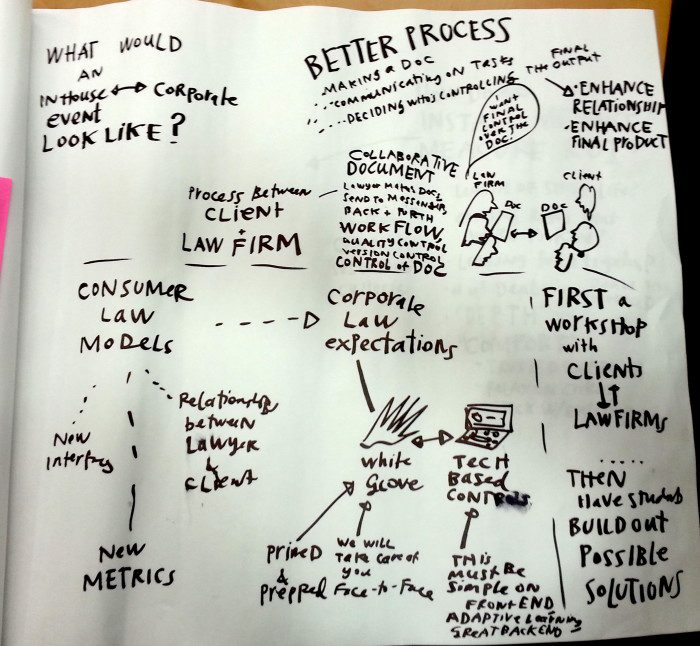
Sketchnote on legal design projects
I found this big drawing that I must have made sometime in 2013, thinking about what kind of projects need to happen, applying design to consumer law, law firm work, and beyond.
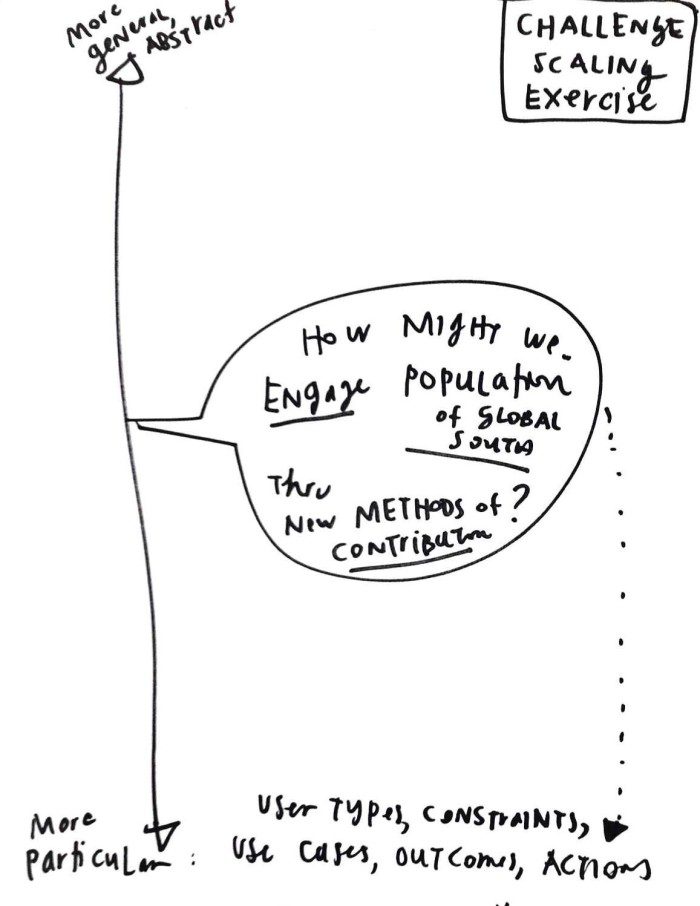
Design method: scaling challenges up & down
One tool I’ve been playing with while running workshops & doing my own design work has been a scaling diagram. It pushes the designer to take the problem statement they’re working on (that they’ve most likely inherited) and then make versions of it — going up in scale to make it more general, abstract, and…
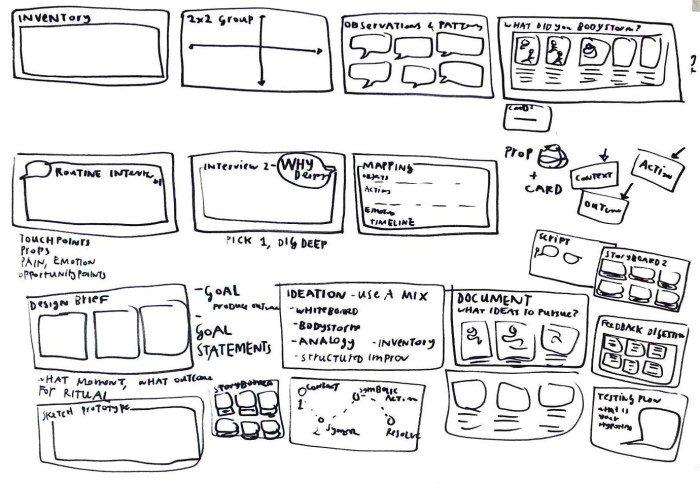
How to plan out design workshops for rookies?
I am in Design-Workshop season right now, running a whole lot of sessions to introduce people to user-centered design & run through a generative cycle, to come up with some new ideas for legal services. I’ve been reflecting on my planning process, trying to be more thoughtful about what works well and how to enhance…
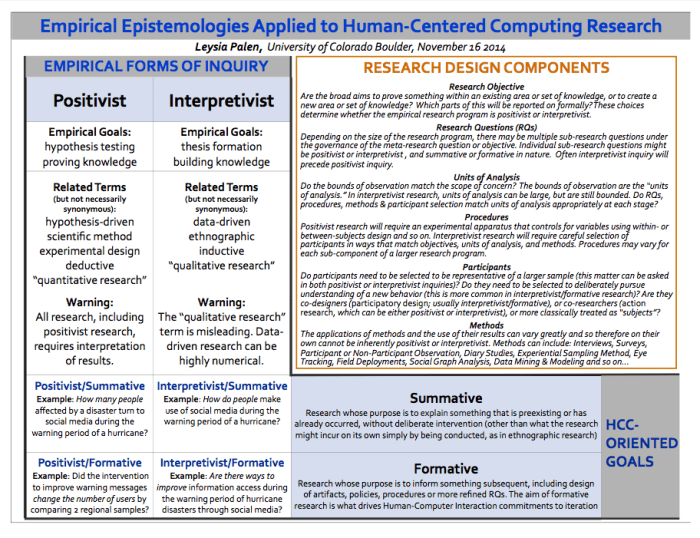
Design-based Research as a method
Leysia Palen of Univ. of Colorado Boulder has made an interesting, succinct one-sheet to lay out different research methods for people working in tech and design. It makes clear some of the key camps in how we can learn how to make better, more usable technology products — and produce learning outcomes & research papers…
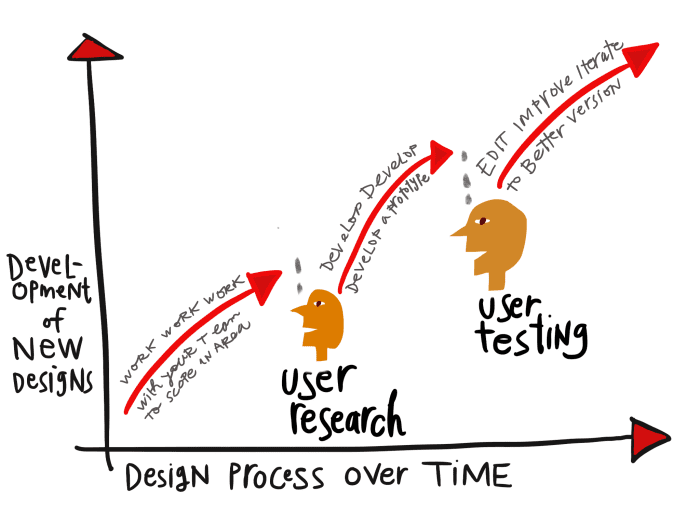
The User in Your Work Process
I talk all the time about user-centered design — how to make your work product more user-friendly & engaging — but how to actually ensure your work really will connect with your user? Here’s a quick process graph, of how to think about integrating the user into your development of something new — whether it’s…
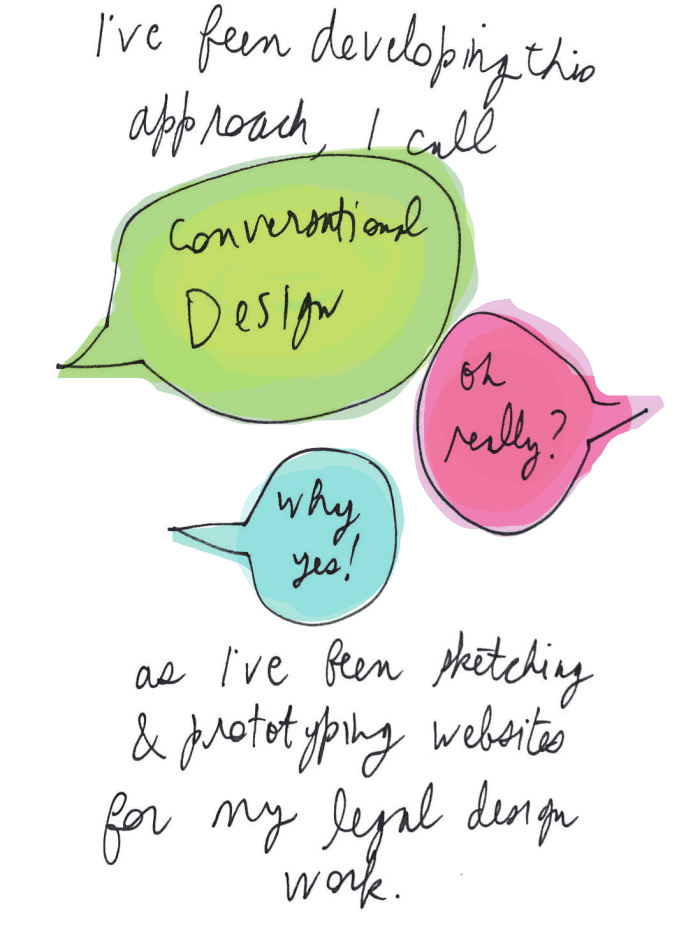
Conversational Design method
I have been working on several legal designs over the past few months — scoping out how new interactive tech products should behave, what kind of experiences users should ideally have with them, and how they should be branded to engage their target audience. As I reflect back on how I have been designing, I…
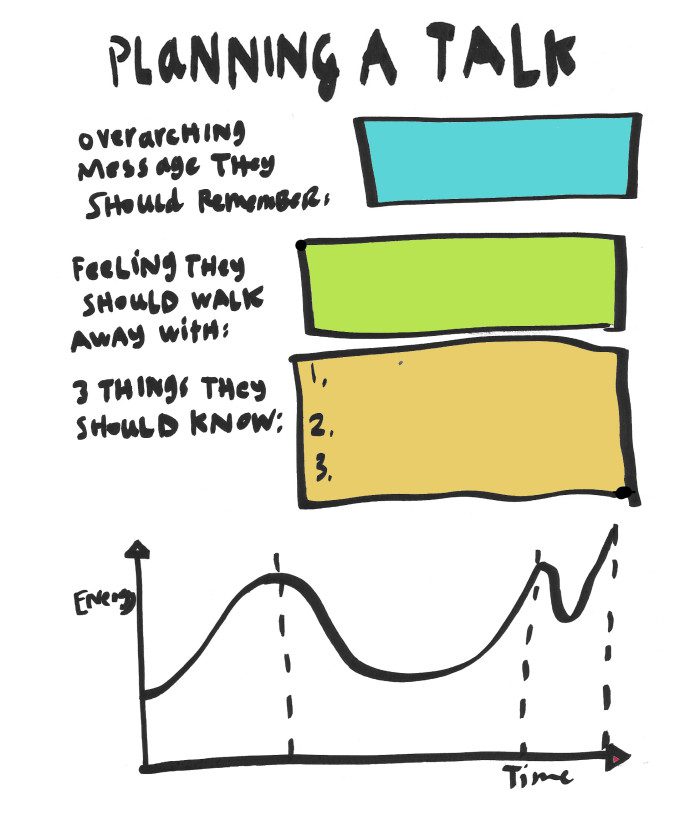
A visual design plan for a talk
When giving a talk — whether it’s a three minute pitch of a new idea, or a forty minute lecture on a topic — I find it very useful to do a quick, visual cover sheet for what the flow & the punch of the talk should be. It forces me to focus on what…
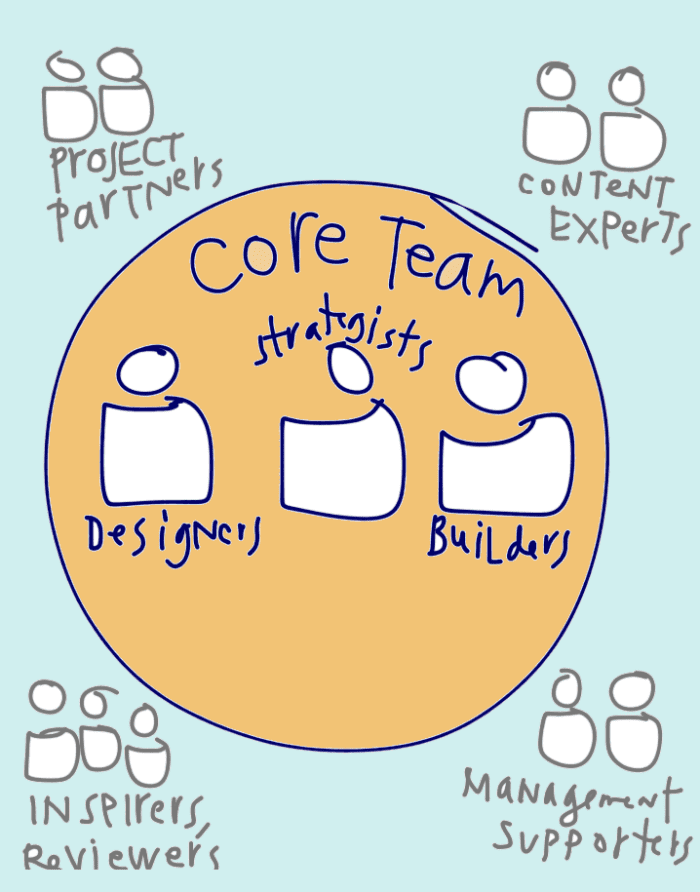
Map of a design-driven innovation team
A quick sketch from my notebook, on how a design-driven innovation team can be set up. The core group should be small — 5 people or under — and have a mix of technical and content expertise. You need a designer, who can be an advocate for the users and the quality & relevance of…
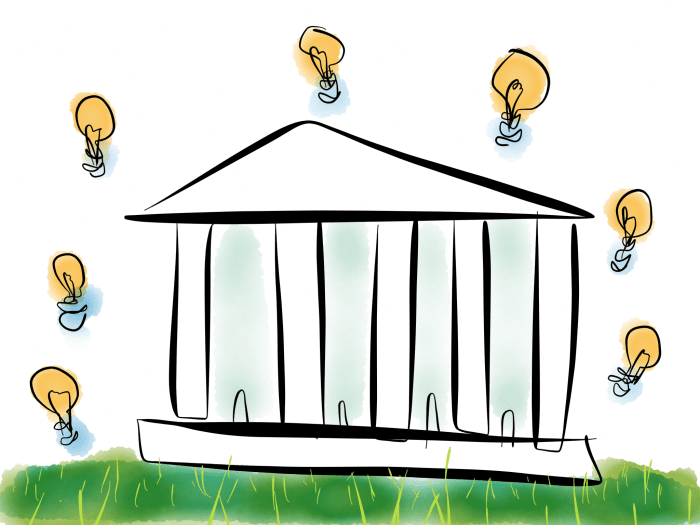
Can law schools be incubators of innovation?
Over the past month, I’ve been doing a series of interviews with all kinds of people working in legal innovation. Some are focused on visualizing law, others on inventing new ways to we serve clients in need of legal help, others on bringing technology into legal aid groups and courts. These interviews are in part…
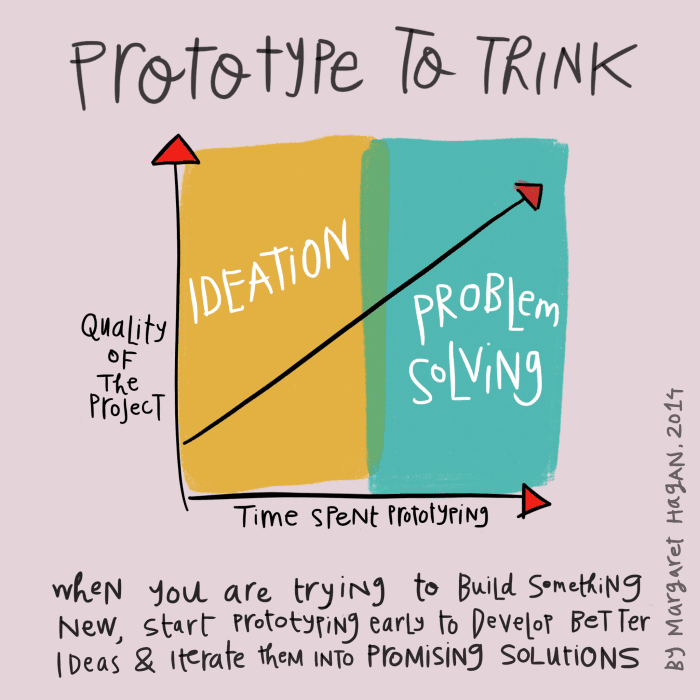
Prototype to Think
A sketchnote about one of the fundamental parts of the design process: Prototyping to Think. The quicker we start to build, sketch, act out, and otherwise make our ideas manifest — the more ideas we can arrive upon. And the more feedback we can get on these ideas, to use to improve their quality and…
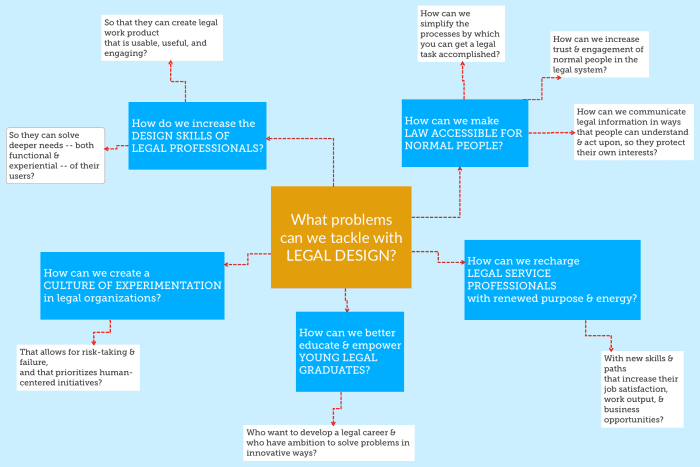
What can design contribute to law?
Here’s a quick-note mindmap that I made while laying out notes for a paper I’m working on, defining what Legal Design is, and how design approaches can serve law. I put this visual up on Open Law Lab’s home page, and I’ll likely be using it (or a version of it) in presentations to legal…
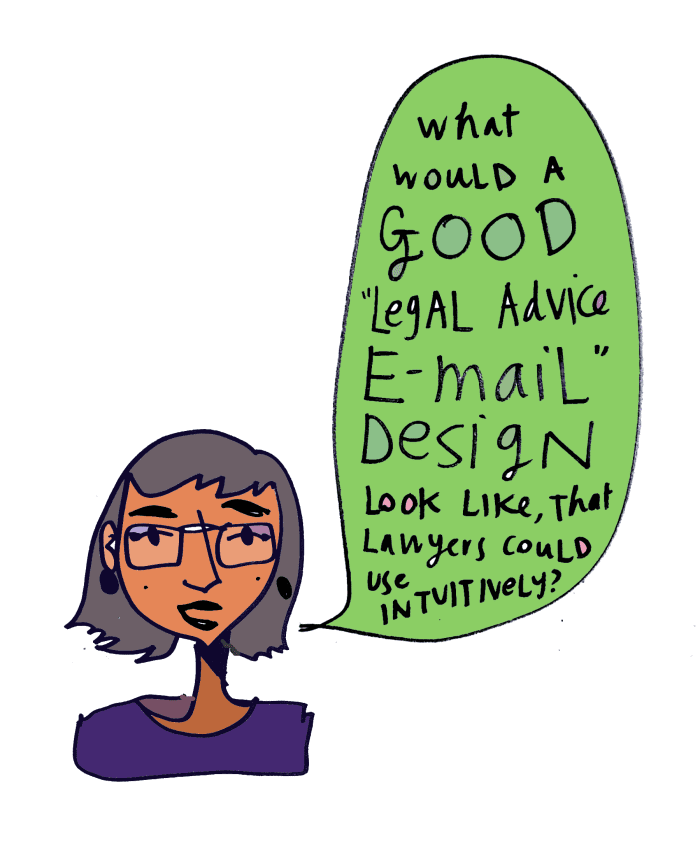
Visual Law Principles, Challenges & Patterns
Last week I hosted a Visual Law Meetup at Stanford d.school. You can see a written report of the event over at LegalTechDesign. From our exercises, sharing & conversation, I took away a bunch of points about visual law. I’ve sketched them out here to share & reflect on. I divided them into two sections:…
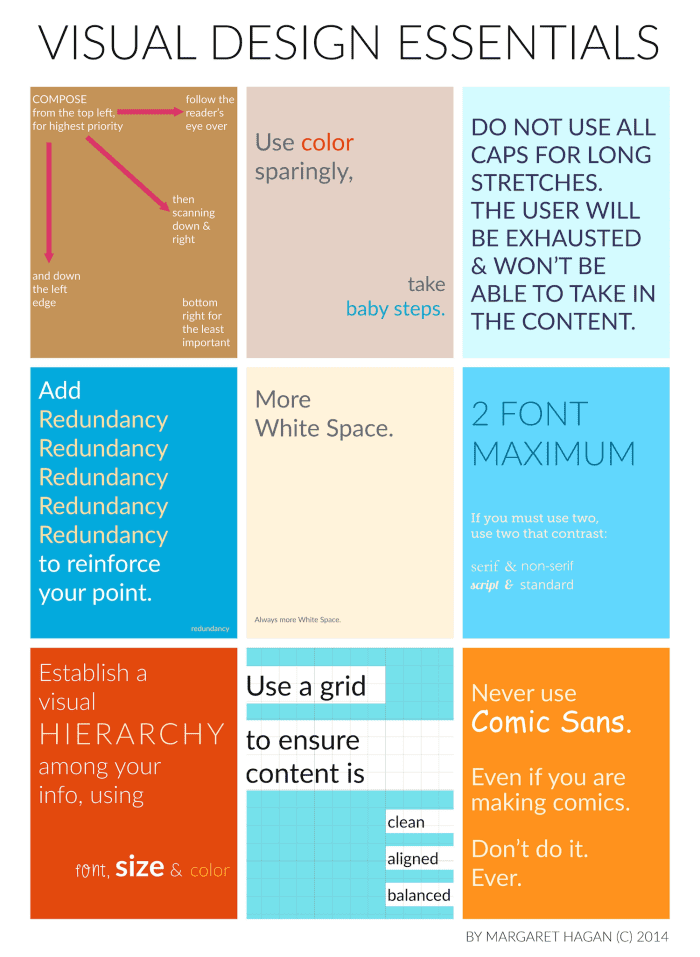
Visual Design Essential Principles
I have been creating more resources for the Visual Law Meetup that will be happening today at Stanford d.school. I’ve been making guides to a visual design process, and also some essential principles & prohibitions for communication design. Here is a set of Visual Design Principles, intended for lawyers, but applicable to many others: They…
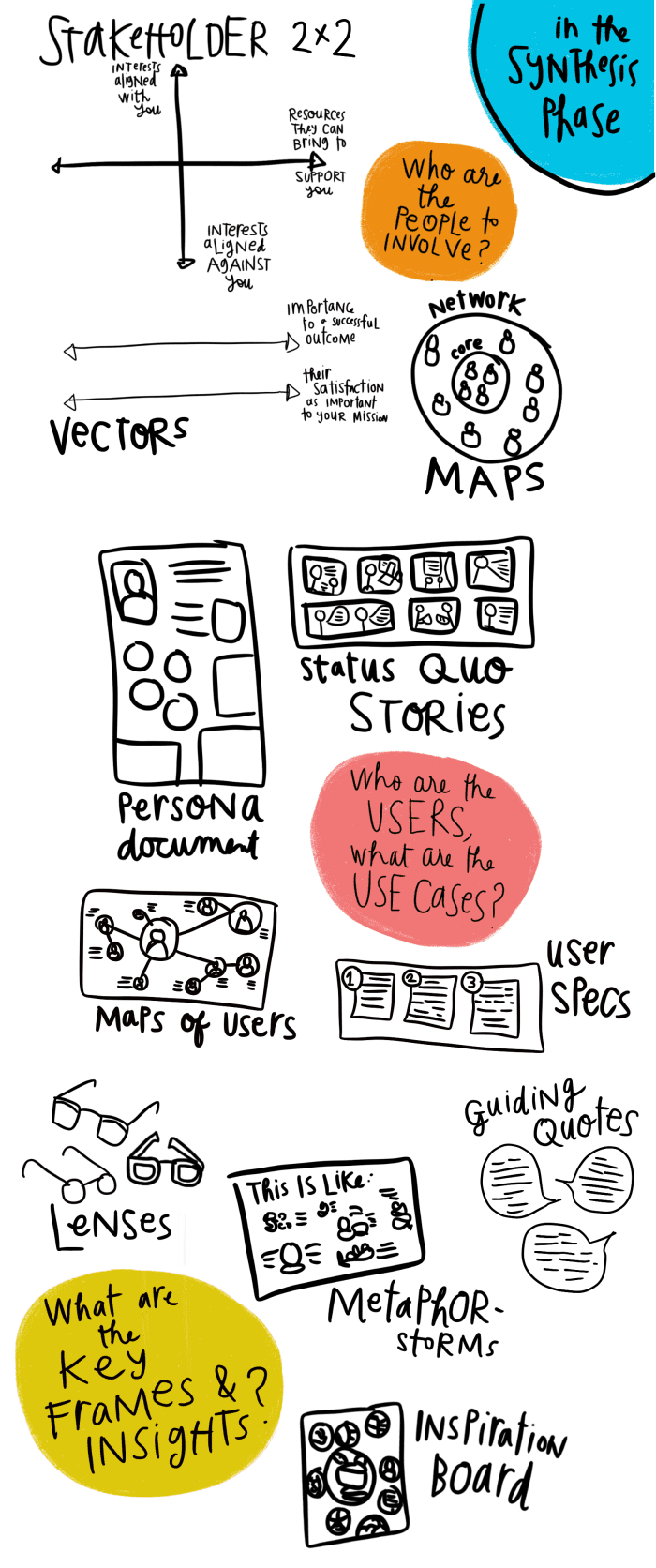
Design Tools to synthesize & define
The second phase of the design process is Scoping & Defining a Design Brief. It moves on from the first phase of user research & understanding the status quo of the challenge-area you’re working in. In this second phase, you the designer should be focused on defining exactly what problem you are trying to resolve….
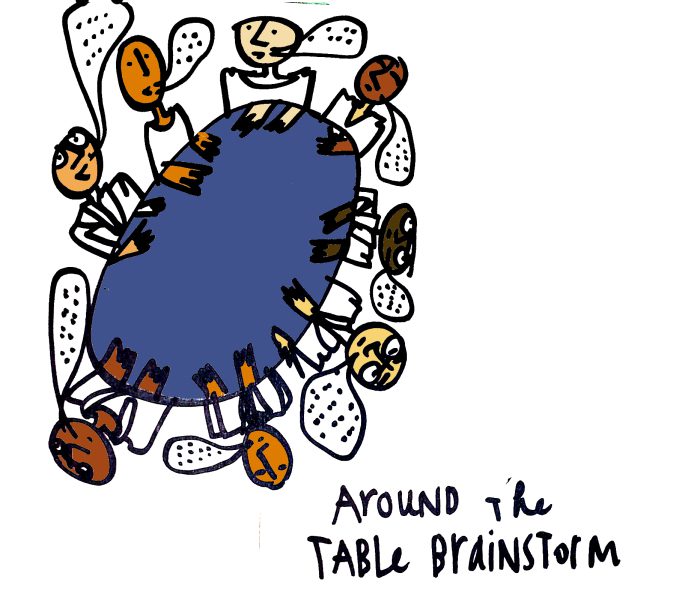
Better Legal Innovation part 1: Brainstorming with Lawyers
How do we brainstorm well in the legal world? I know plenty about what Ideal Brainstorming might look like, from my time at the d.school. But the truth is that this Ideal is not practiced in most legal innovation events I’ve gone to. And rather than leading a 1-woman crusade to transform brainstorming culture in…
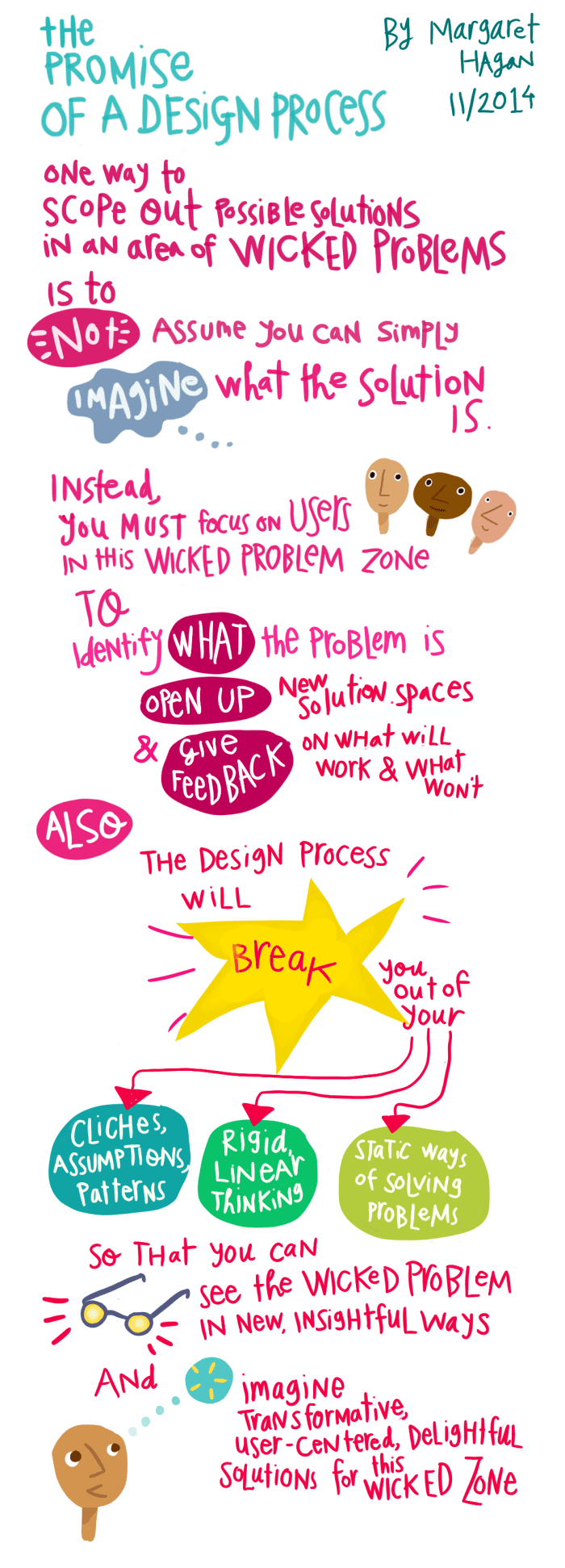
The Promise of a Design Process sketchnote
Here is a sketchnote I drafted for a general audience, to explain the value of taking a design approach to solving a problem. The term ‘wicked problems’ comes from Horst Rittel. A wicked problem is one that is complex, with lots of stakeholders, complicated interdependencies, no clear solutions, and multiple paths to pursue.
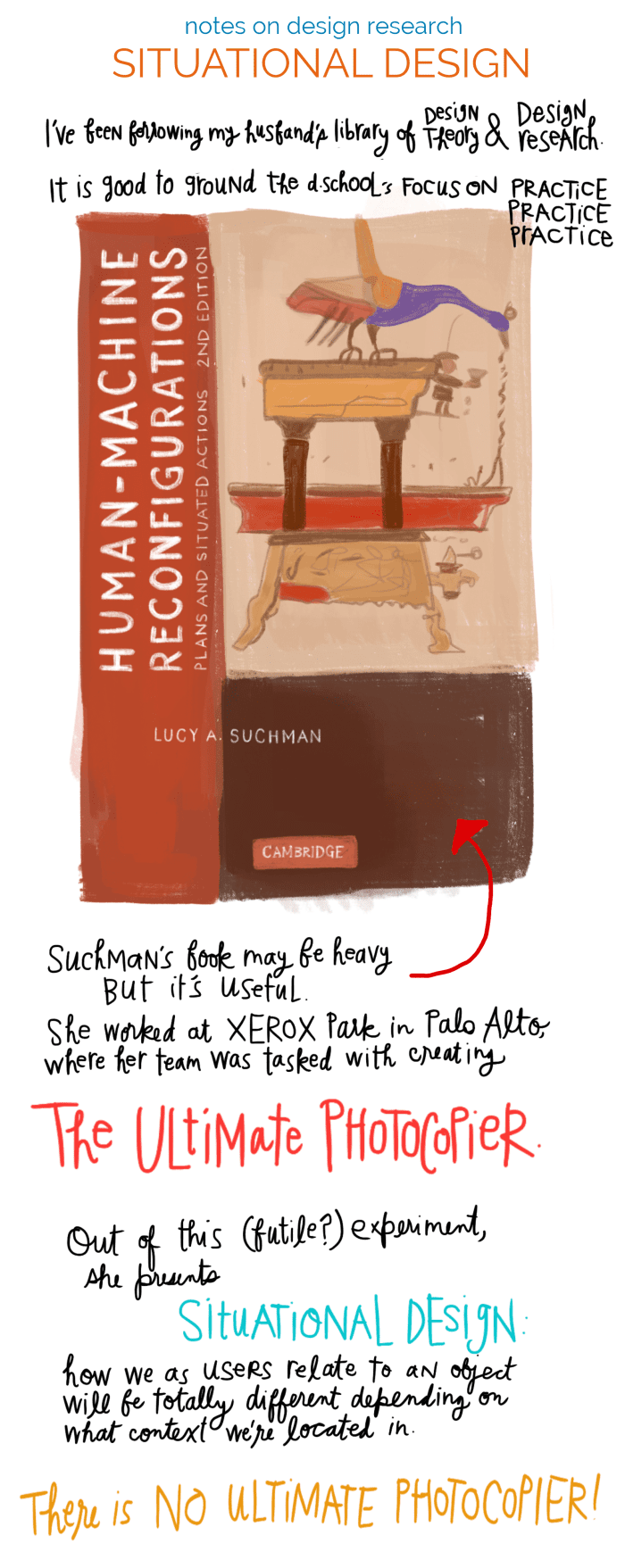
A Drawn Note on Situational Design
I drew this note a few months ago, when I was still a fellow at Stanford’s d.school — and thinking a lot about how we as lawyers can come up with new designs for products that lay-people will use. The key insight is — there will be no universal product or pattern of products that…
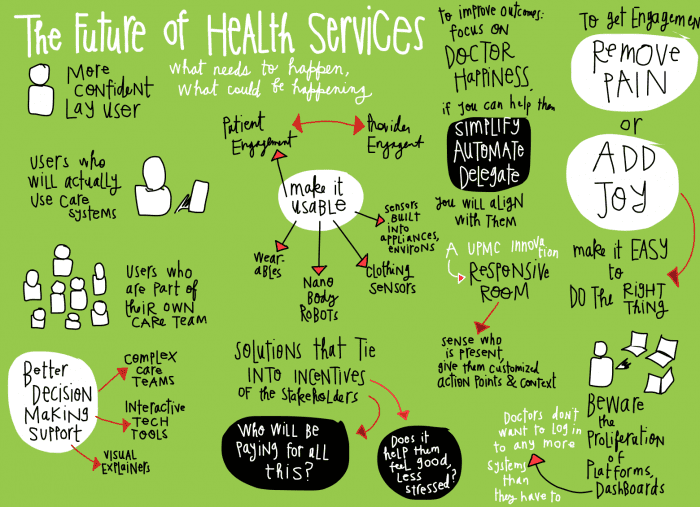
The Future of Health Services — and legal services too
Here is another sketchnote I made during a health care hackathon at Stanford Medical School, that focused on how to engage patients in their own medical care. Many of the principles and solutions are analogous to law and legal services.
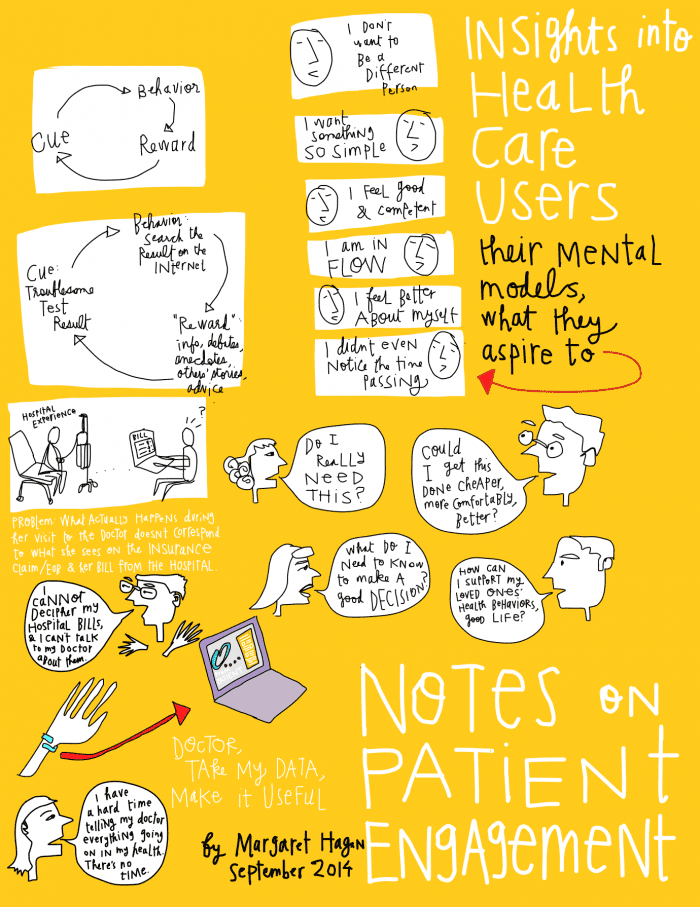
How to Engage Users? Insights from a health care hackathon
This past weekend, I attended a health-care hackathon at Stanford, with the aim to increase Patient Engagement with their own care. I was on the hunt for analogies that could apply to legal users’ engagement with the legal system. Here is one sketchnote from the presentations & keynotes that were offered during the weekend —…
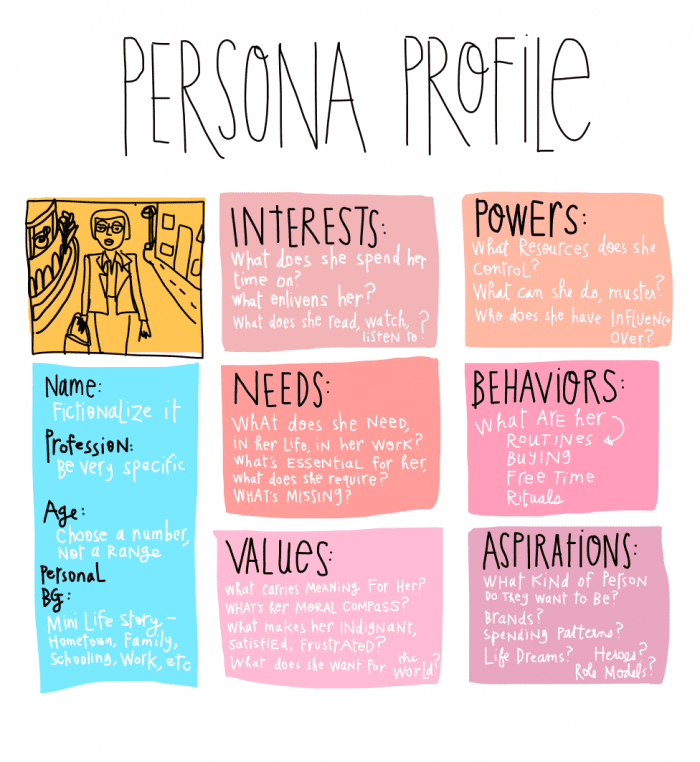
Persona Template, for user-centered design process
As I’ve been writing up my design process, I’ve been creating some more tools and templates. Here is one for the ‘scoping’ and ‘understanding’ part of design work: the User Persona Profile document. (c) Margaret Hagan 2014, all rights reserved Two of the central principles of the user-centered design process are…
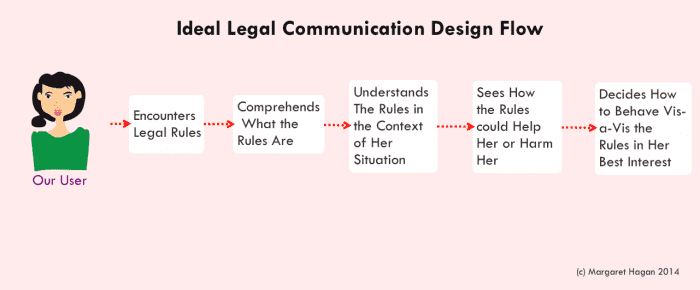
Legal Communciation Design diagrams
Over on Cornell’s VoxPopulii Blog, I just posted up a comprehensive write-up on a Legal Communication Design pop-up-class that I had taught with Kursat Ozenc & Alex Gavis at Stanford’s d.school in May 2014. When we were planning out the class, I started to put together a framework for Legal Communication Design. You can read…
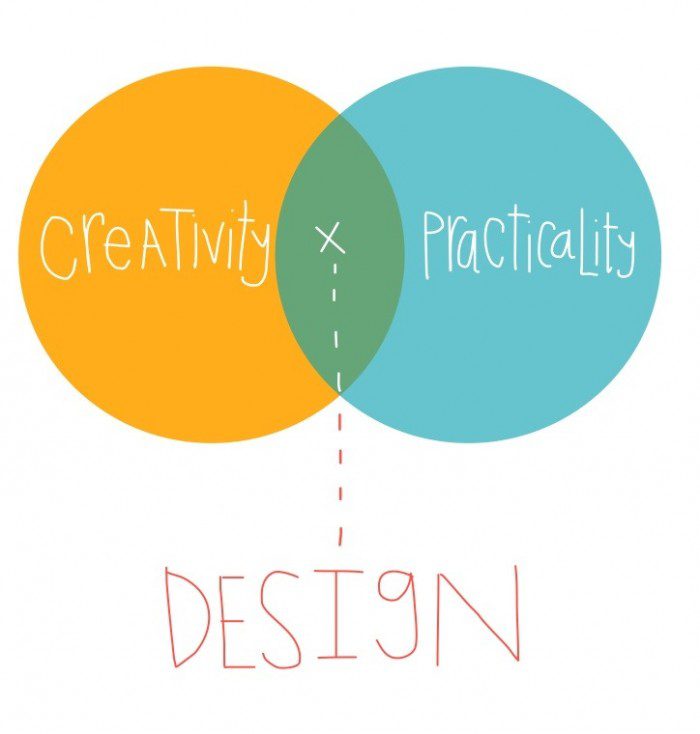
What is design? A Venn diagram
A very simple illustration, made for one of my recent presentations explaining what design is to lawyers, and how it could be useful to their work.
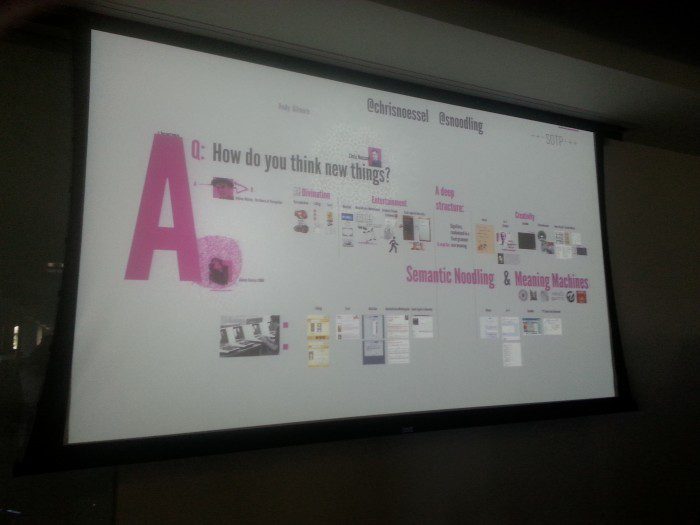
How Do We Think New Things?: Creative machines for the design process
Earlier this month, I attended an open Design Lunch at Autodesk in downtown SF. Chris Noessel, a designer at the Cooper design firm, presented on the topic: How do we, as designers, think new things? How can we create the conditions for disruptive thinking, that will lead us to breakthrough ideas to solve the challenges…
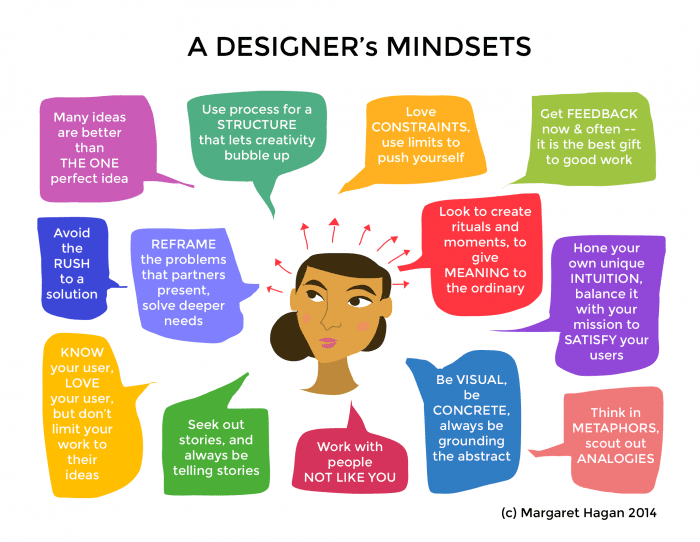
A Designer’s Mindsets, a sketchnote on the design process
Here is a visual I made for some of the recent workshops I’ve been running on Legal Design. As I present the concept of ‘design’ to a roomful of non-designers, I’m finding it useful to focus on two streams of doing design work: mindsets to adopt, and process steps to follow. This image is a…
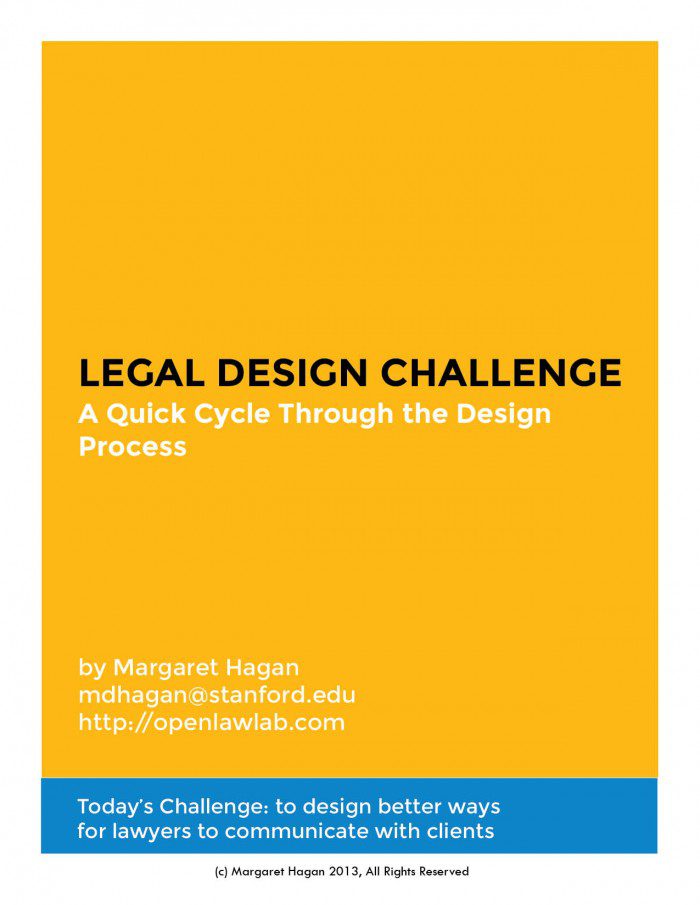
Legal Design workbook
Here is a workbook I’ve made, for use in the Legal Design Workshops I’ve run with lawyers, law students, and others. This challenge was crafted for experienced lawyers, to reflect on communication practices & generate some ideas for innovative ways to communicate with clients. This work is licensed under a Creative Commons Attribution-NonCommercial-ShareAlike 4.0 International…
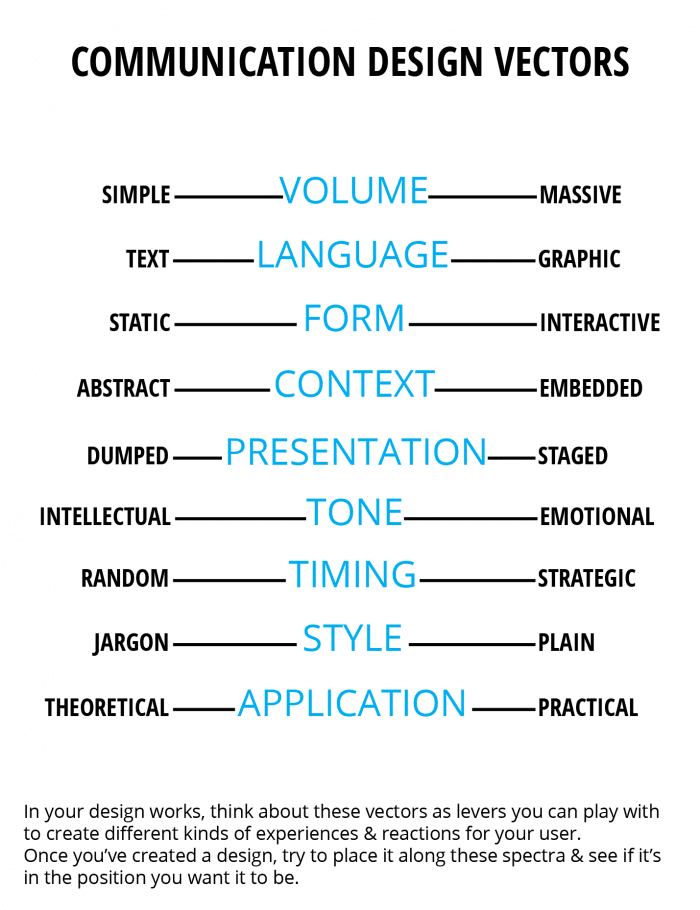
Legal Communication Design vectors
For my Get Smart communication design class, I made some handouts to guide the student teams through their work. One of them was about the different vectors a communication design could run along — as a tool to read designs & also to test your own.
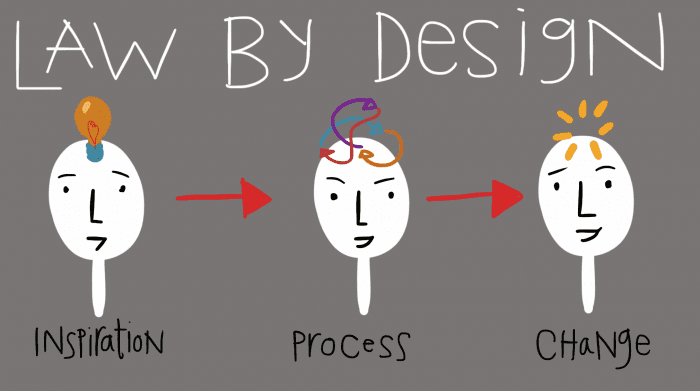
Law By Design as 1-2-3
A quick sketch of the general way people — students or practitioners — learning the Law By Design process can flow. A lot of details contained in each of these 1-2-3 steps, but nice to see it at a high, simple level!
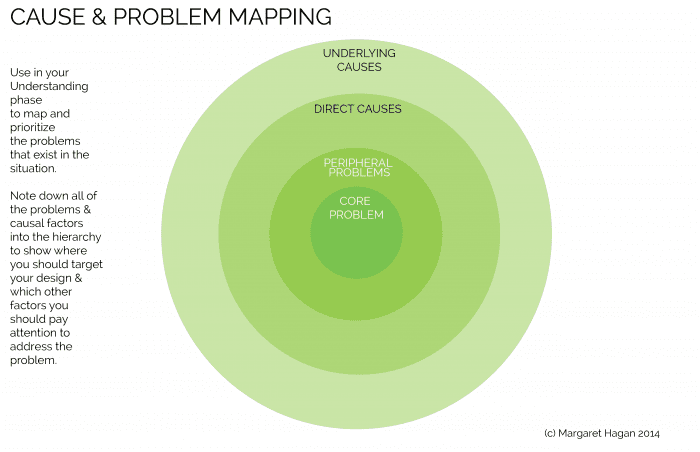
More Design Process & Synthesis Tools
Some more props & tools that I’ve been using in system designs. These are good for synthesizing research & notes — and then focusing in on what exactly the “Design Brief” should be, guiding the problem you’re trying to tackle & identifying the opportunity moments, the frustration targets, the leverage points — a good place…
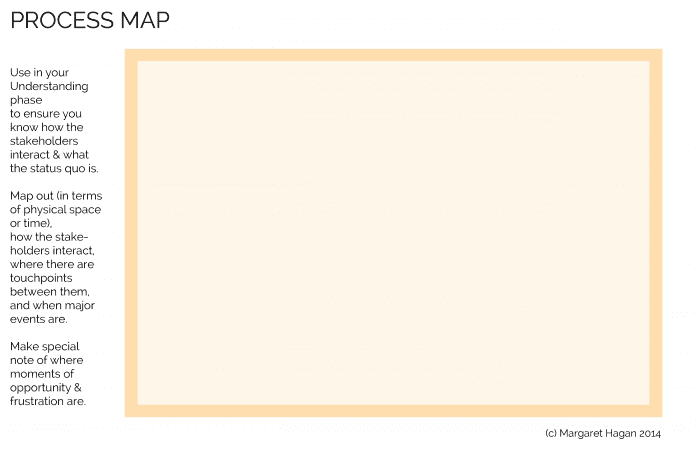
Design Process Tools: for Synthesis in System Design
I’ve been creating lots of tools & props for use by (beginner) designers in their attempts to understand a complex situation & craft good interventions, to improve the system. The class I’m teaching on Plea Agreement Redesign has been the main prompt for these. Understanding Plea Agreements, the system they’re embedded in, and the stakeholders…
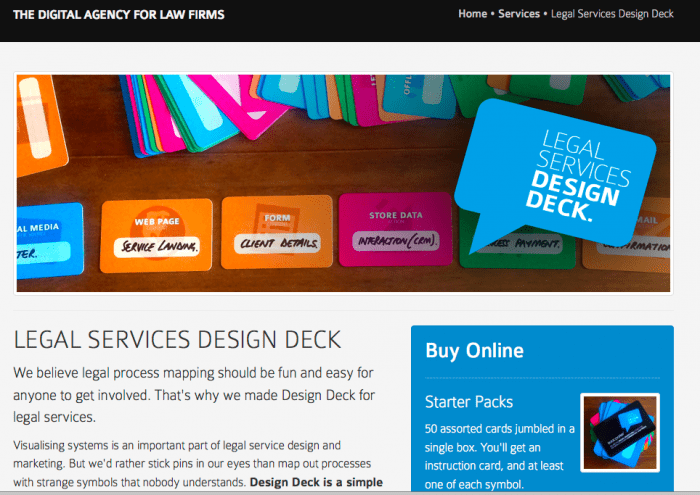
Legal Services Design Deck
Isaac Parker, a digital agency in the UK, has created a tool for designers & lawyers working on mapping flows of user services. The pack boils down common touchpoints and tools into cards, that can be used in a collaboration or workshop. The participants can use the cards as modules within a service flow, to…
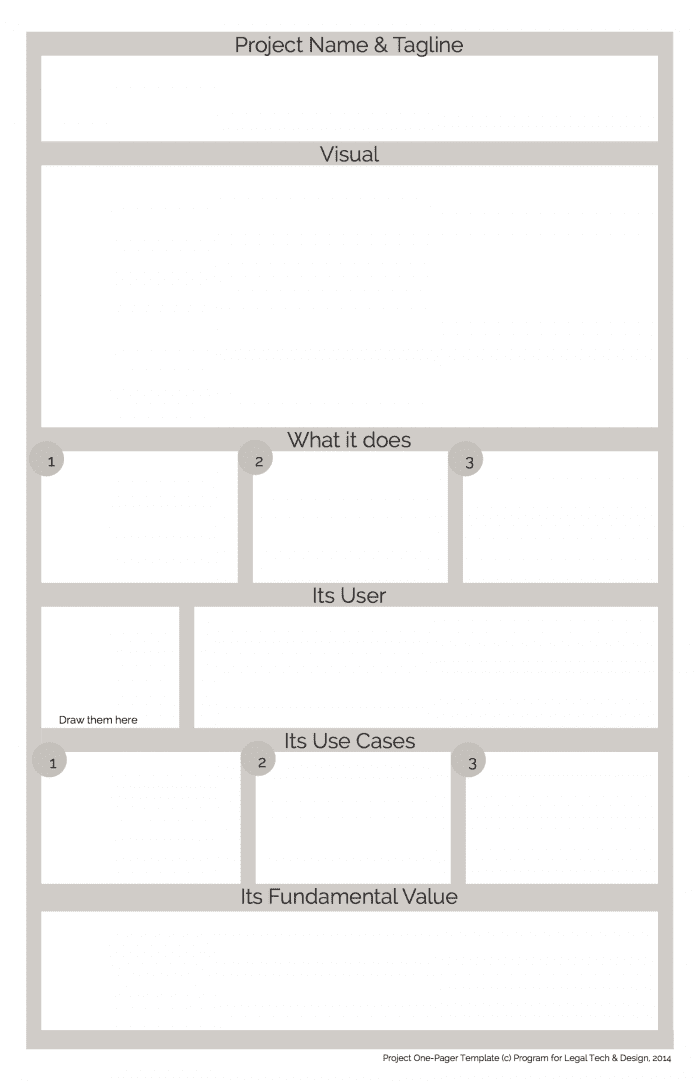
Project One-Pager
This is a design method prop that I’ve been using to help workshop goers & students of legal design. The purpose is to use the sheet to crystallize what starts as a ‘fuzzy’ good idea into a more concretely defined project. Ideally, you would use this kind of prop after a brainstorm, when you’ve picked…
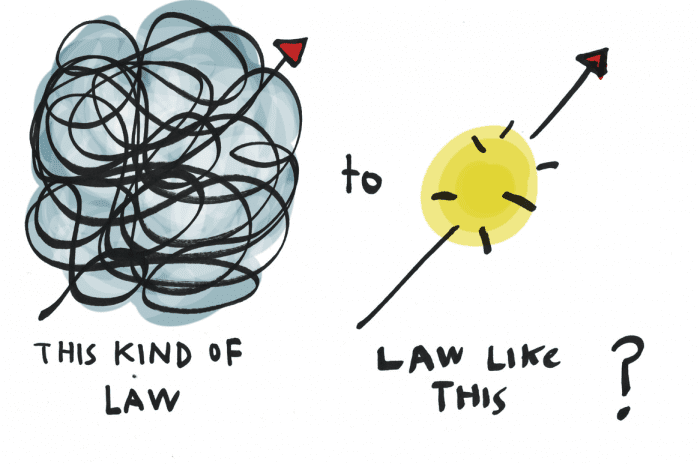
Design Thinking & Law: A Perfect Match
My article on the potential for Design Thinking & Law is now published over at the ABA’s Law Practice Today, Innovation Issue. Here is a copy of the article — head on over to Law Practice Today to read in full! Introduction When we talk about innovation and law, it’s easy to fall into a…
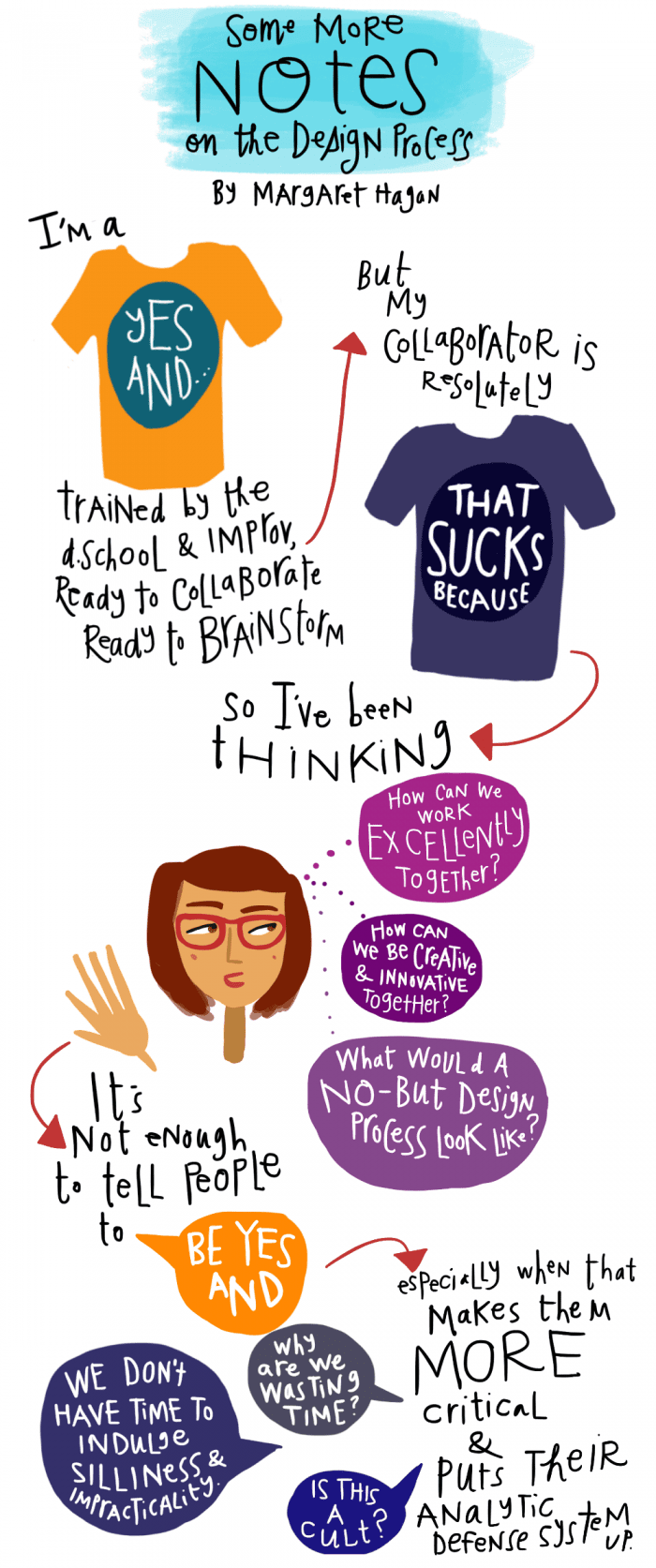
On Being Creative with Lawyers
I drew this for my Stanford Design School fellowship, to be featured on the school’s site The Whiteboard. I hope it can be of use to anyone who is working in an environment that’s dominated by analytic, rational, and efficiency-driven people — like most legal environments. I certainly haven’t cracked this nut, but I’d love…
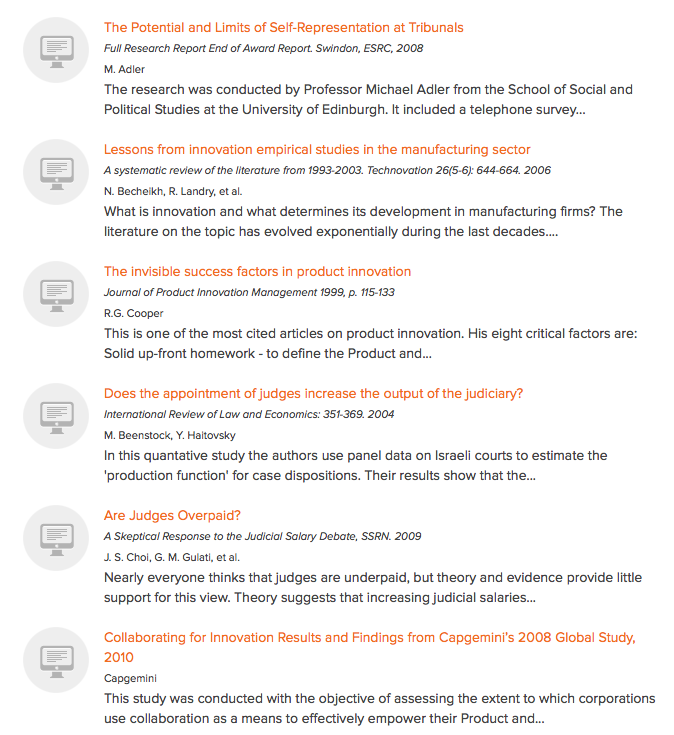
Building a Culture of Law By Design
I have been thinking about how to bring other people on board, to my driving mission of getting new, innovative & human-centered legal projects rolled out. One of the low-hanging fruit is to build up the resources & examples of how to use design in law, and when it has been used successfully. This can…
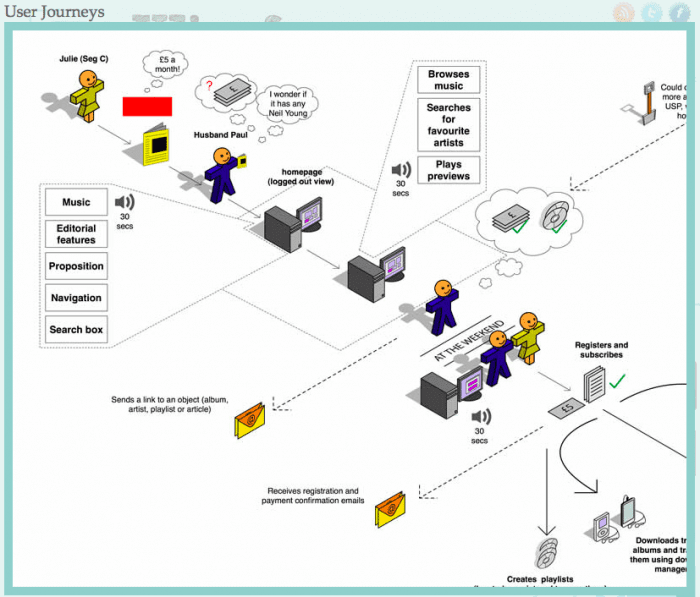
The User Journey Map for Lawyers

Courthouse Design: Insights
In 1994, Richard Zorza and Judge Robert Keating published a paper full of insights from their attempt to redesign the interfaces that judges & court officials used when prosecuting drug offenders, in Midtown Community Court. This quick 4-pager paper The Ten Commandments of Electronic Courthouse Design, Planning, and Implementation: The Lessons of the Midtown Community…
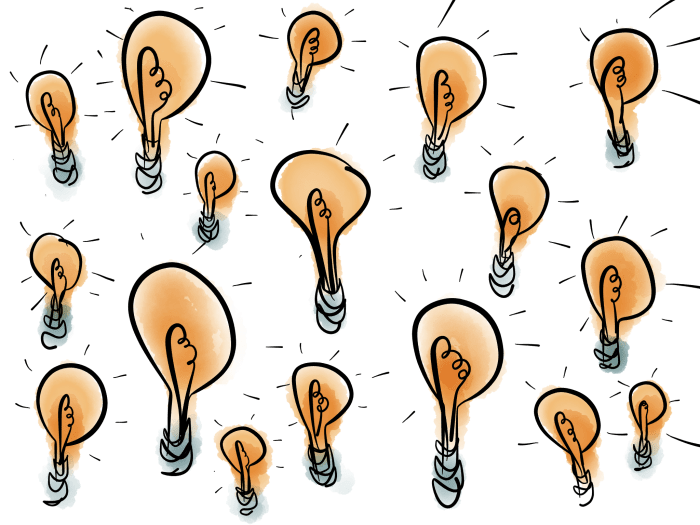
A Good Design Thinker
Charles Owen has been a professor of design at the Illinois Institute of Design for several decades. In an excellent 2006 article in Design Research Quarterly that discussed how design thinking can be taught in a range of different fields — law, art, medicine, hard sciences. I am writing a longer analysis of his description…
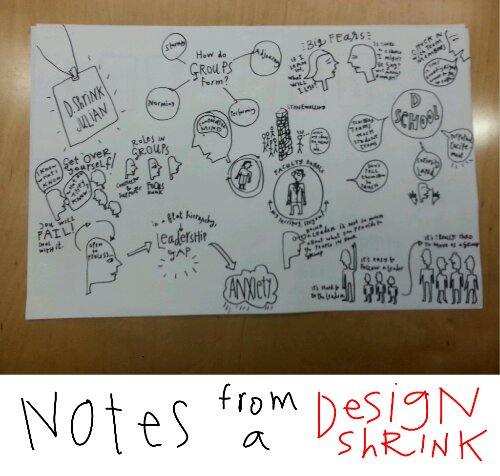
Design Team shrink
My quick sketchnote from a team session witj Stanford d.school’s resident therapist, the d.shrink. How to make sure a team works in sync, to maximum potential? How to lead in a flat hierarchy? How to convince traditional academics to bridge over to interdisciplinary teamwork? Some sketchy starts to answering those wicked problems. ..
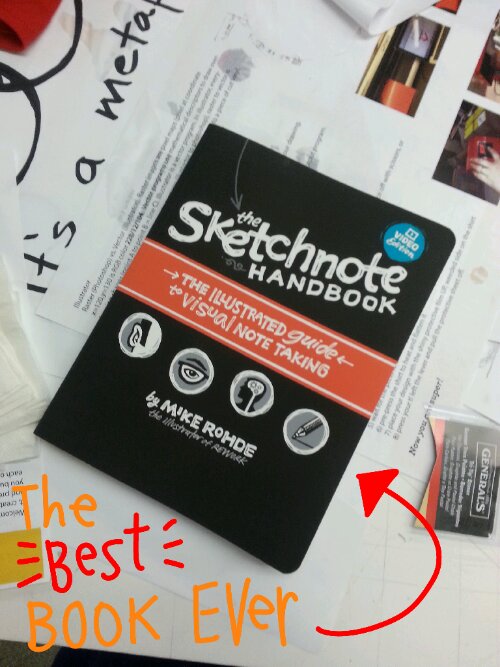
The Sketchnote Handbook
By Mike Rohde, its an excellent primer and portfolio of drawn notes and low fidelity information design. Buy this, use this!
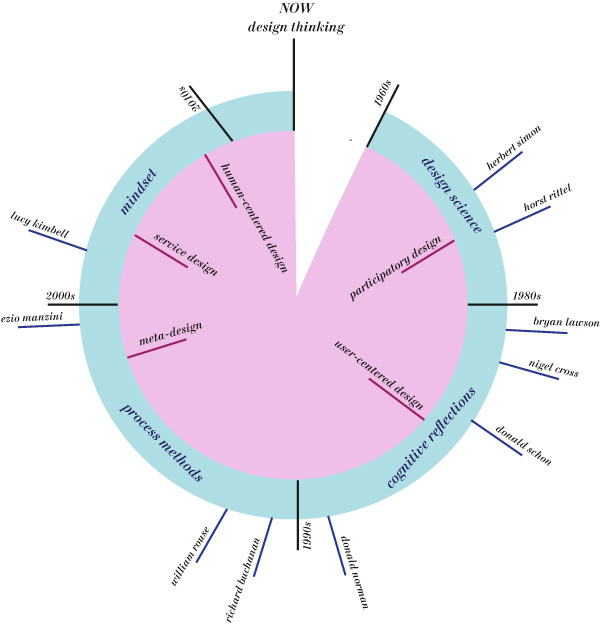
A Brief History of Design Thinking
I stumbled across this *terrific* sum-up of how ‘Design Thinking’ came to be over the past few decades, from Swiburne Univesrity School of Design PhD candidate Stefanie Di Russo. Please check out her blog I think – I design for more writings on the design process and evolution of designers. These passages are great, illustrated,…
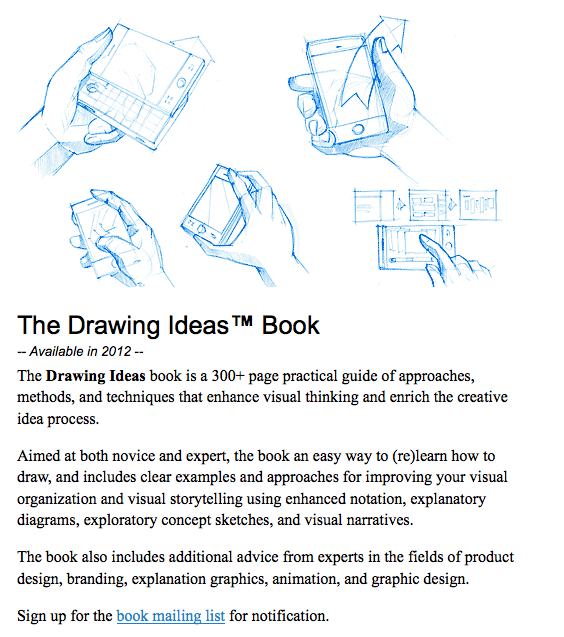
Drawing Ideas
In the hunt for good resources to build Design Skills, I came across this website and upcoming book for building Visual Design skills: Design Ideas: A Field Guide for Visual Thinking. It looks like a great grounder for lawyers & others who want to build their sketching — if not full-on visual design — skills….
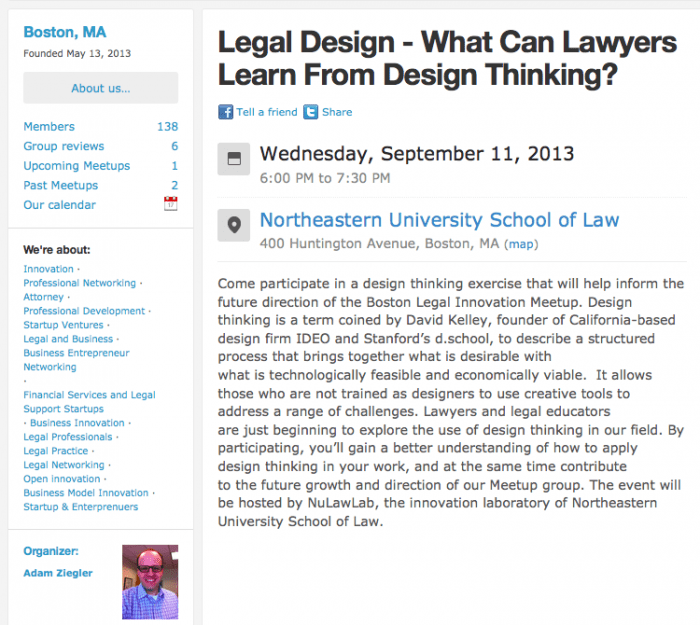
Boston Legal Design Meetup
In September, there will be a meet-up in Boston for those interested in how design thinking may apply to law. I hope there can be a bicoastal connection — we had a great time with our first Law By Design workshop last month at Stanford’s d.school. Now we’re planning out a more extensive set of…
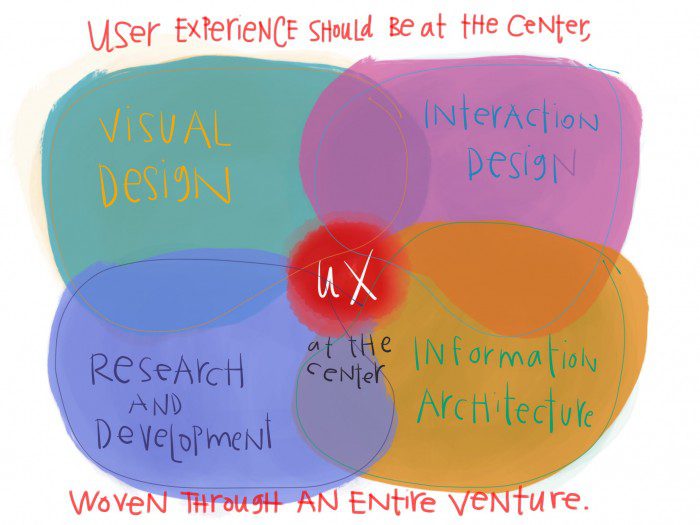
User experience design for law
User experience design is a necessity for all things law. Legal professionals, legal educators, legal technologists, they all need to define who their core ‘User’ is. It doesn’t have to be a data-driven selection, but of course that helps. The User should be as close to a real, complex, live person as possible, and not…
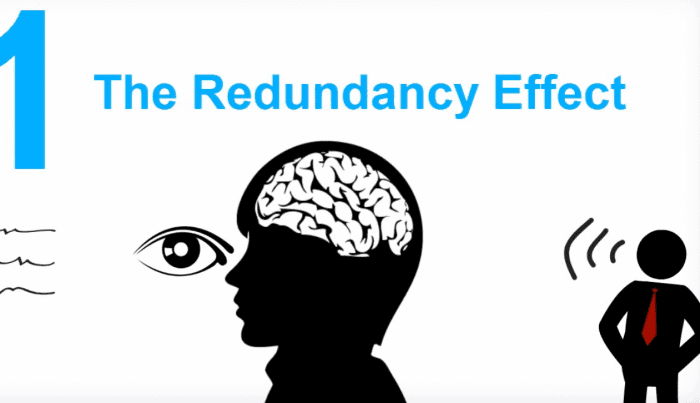
On Better Legal Presentations
I found this video from the company Powtoon on why visual presentations are more effective in communication. Use Less Text, People don’t like to read Pictures are superior to text, your audience will remember significantly more Leave descriptions to your speech, show images that illustrate your points. People will be overwhelmed with the combination of…

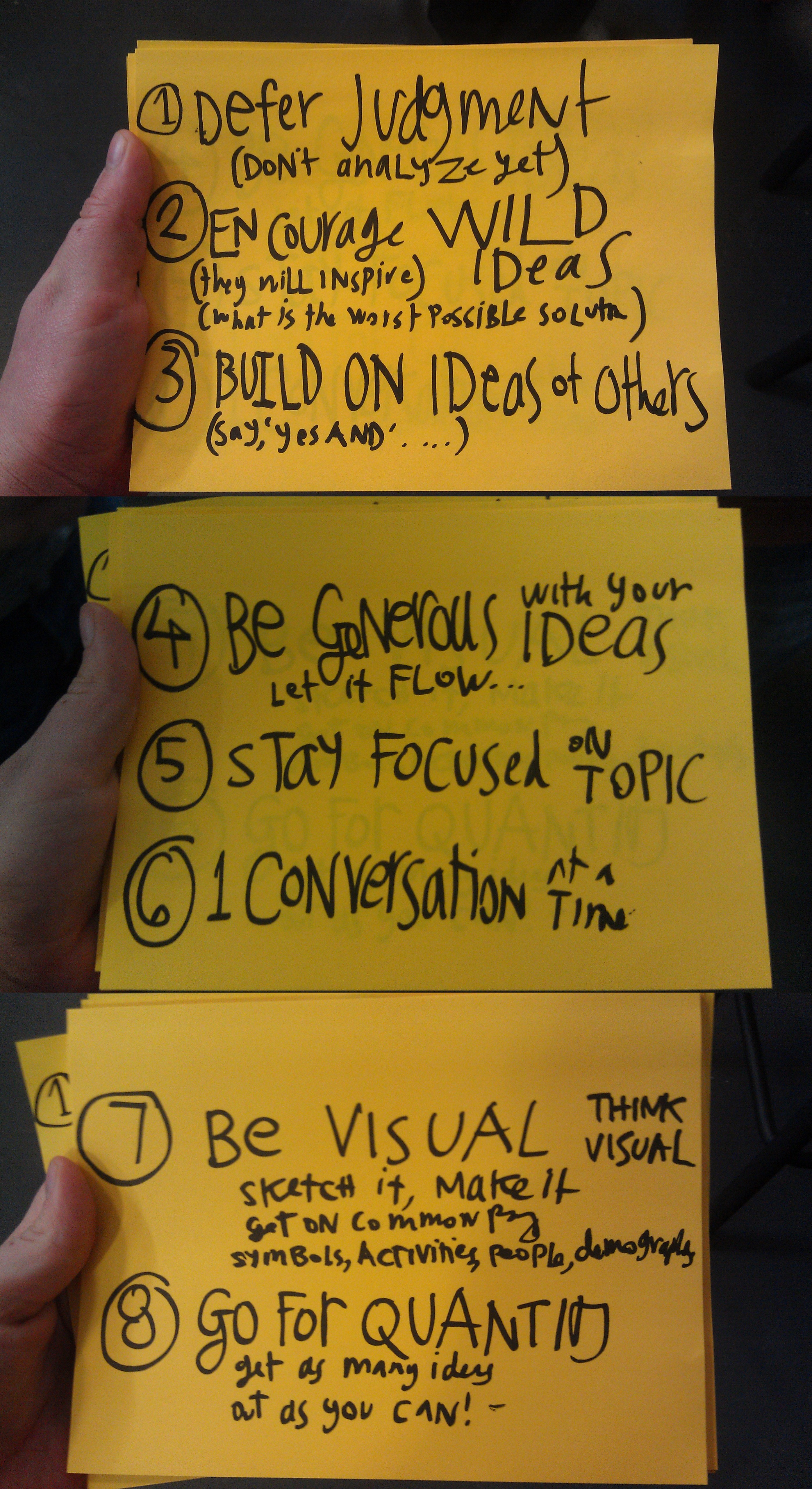
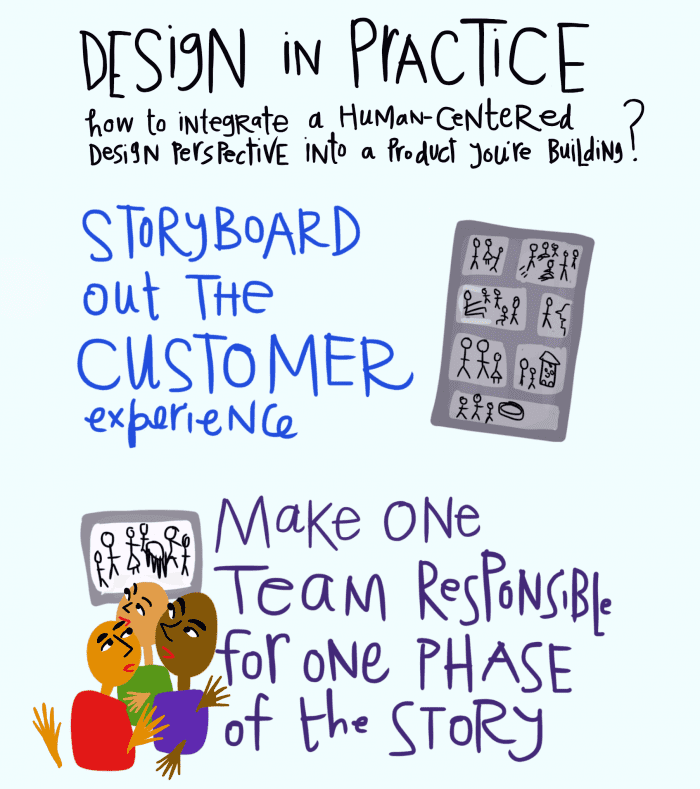
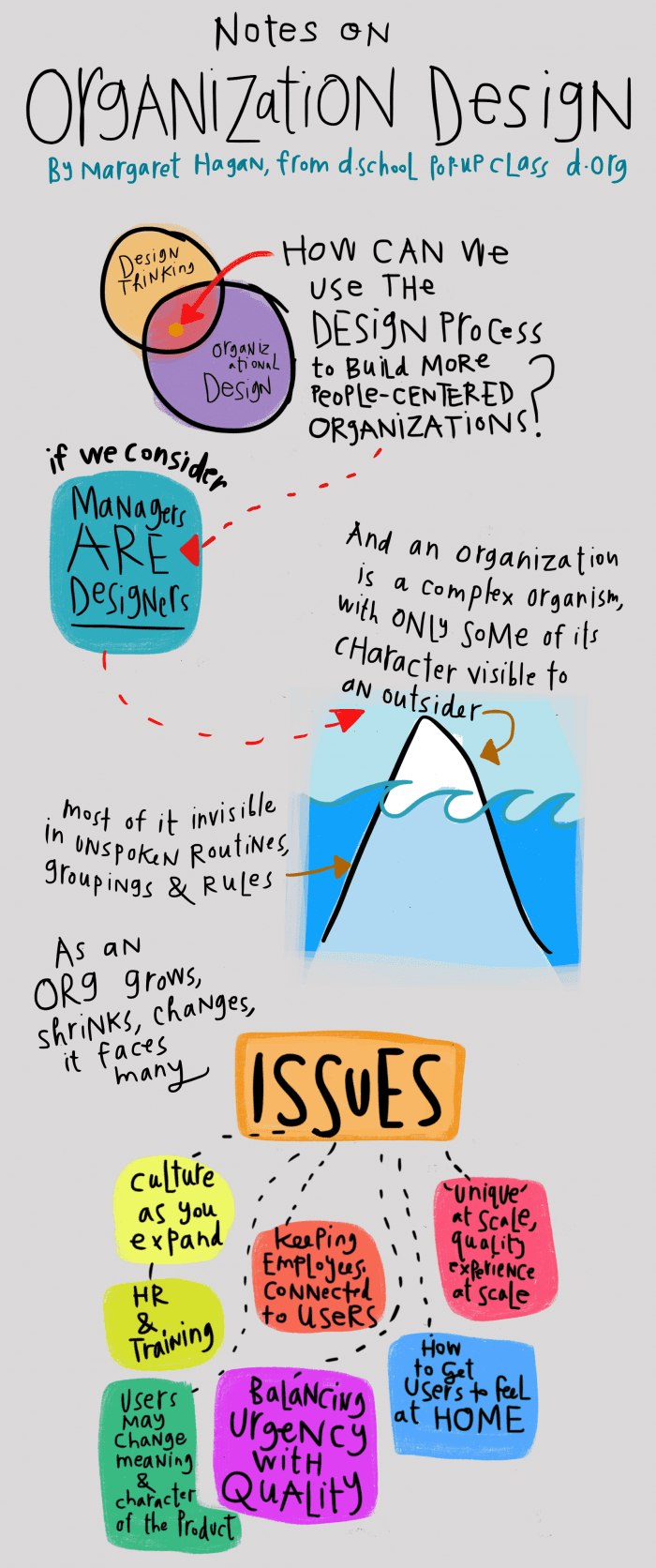

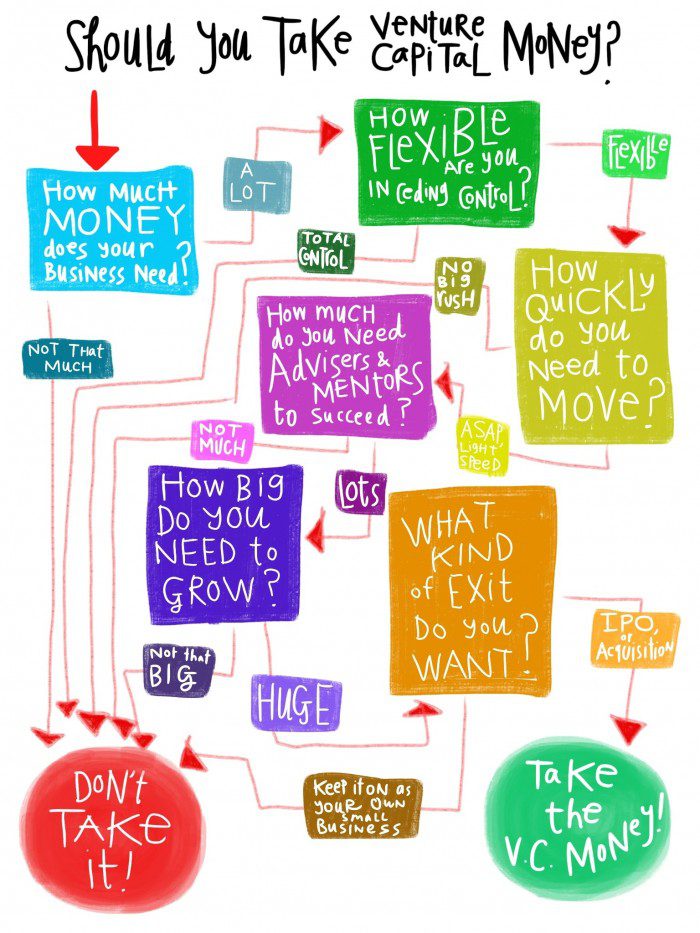
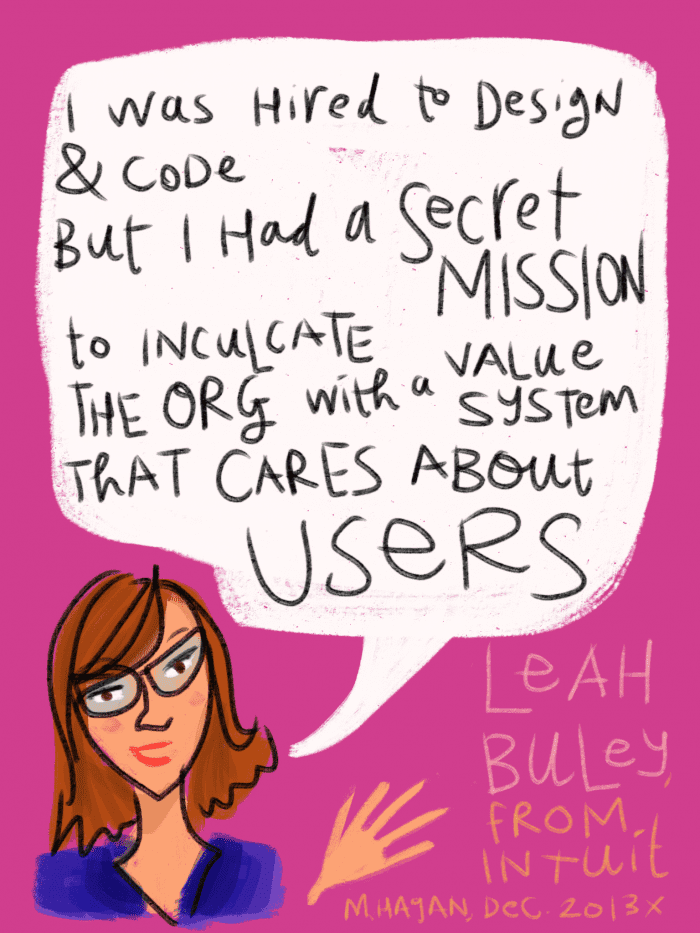
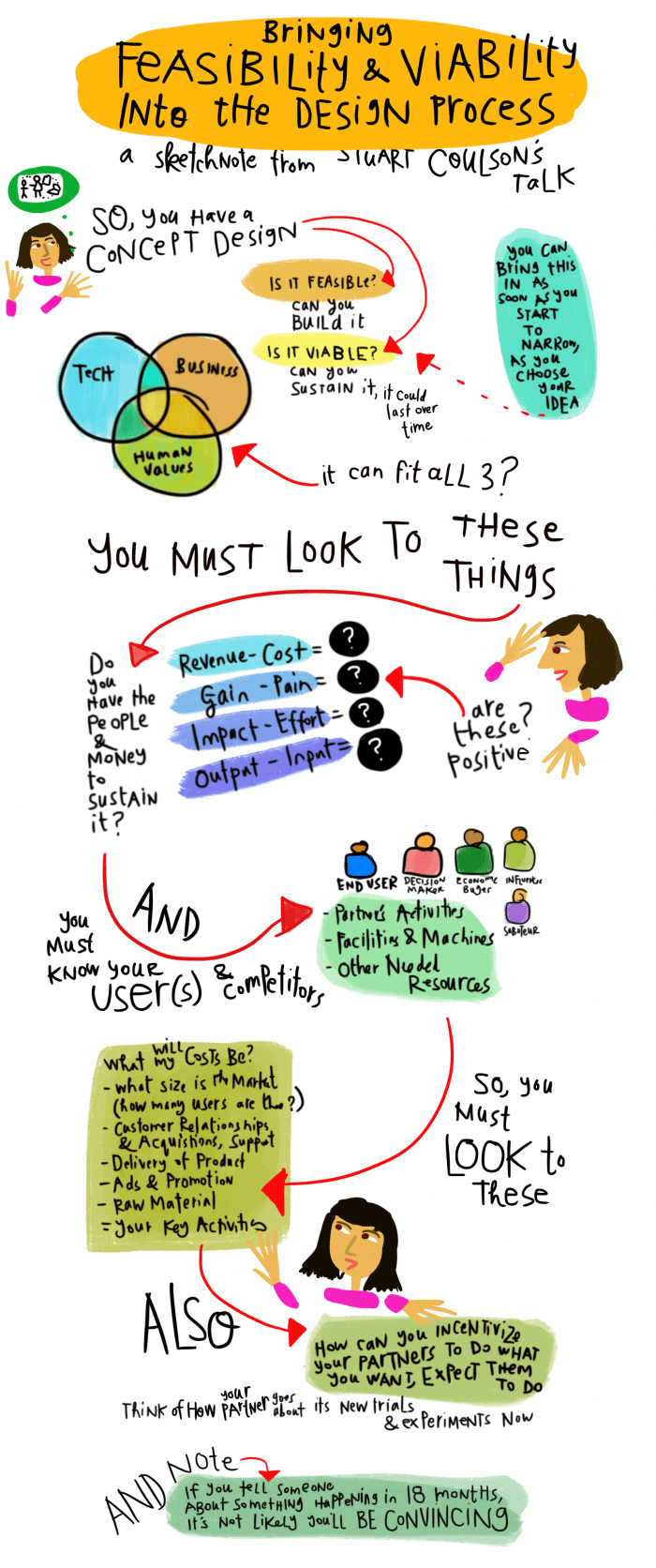
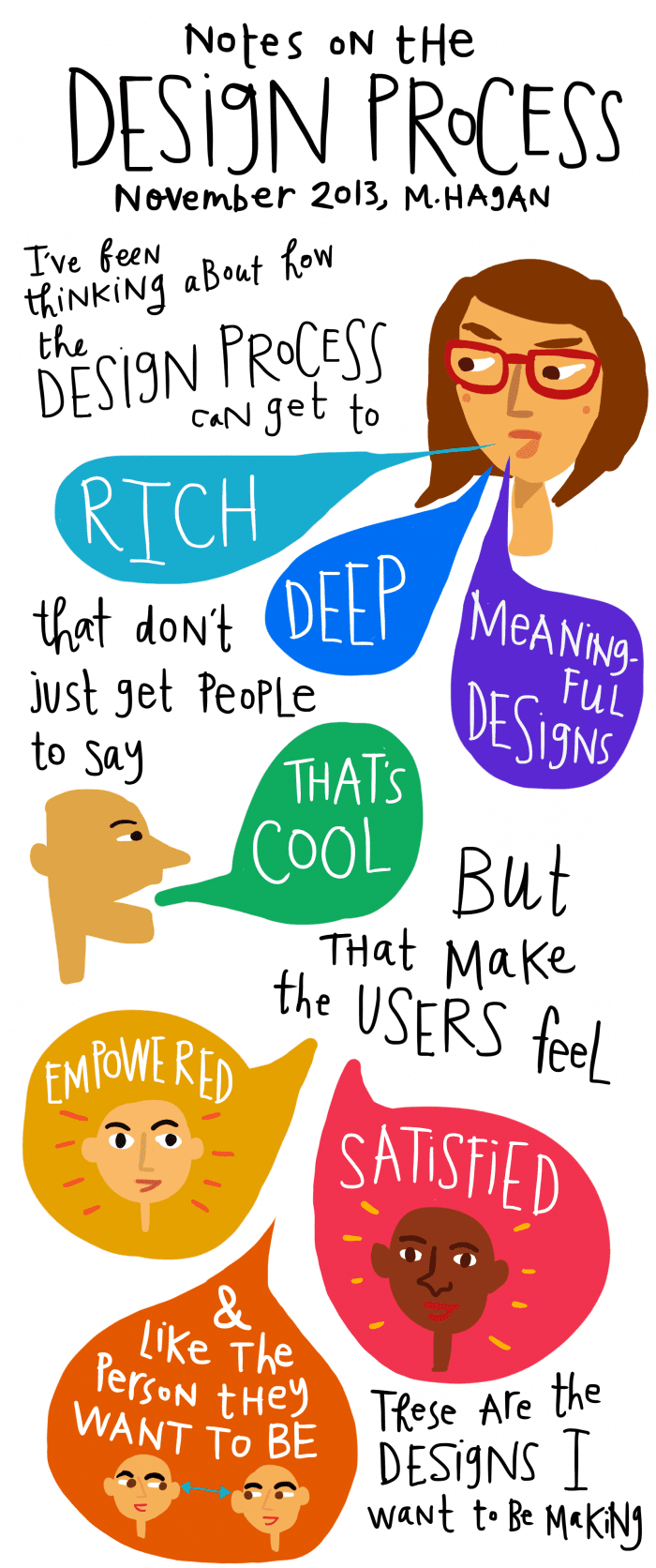
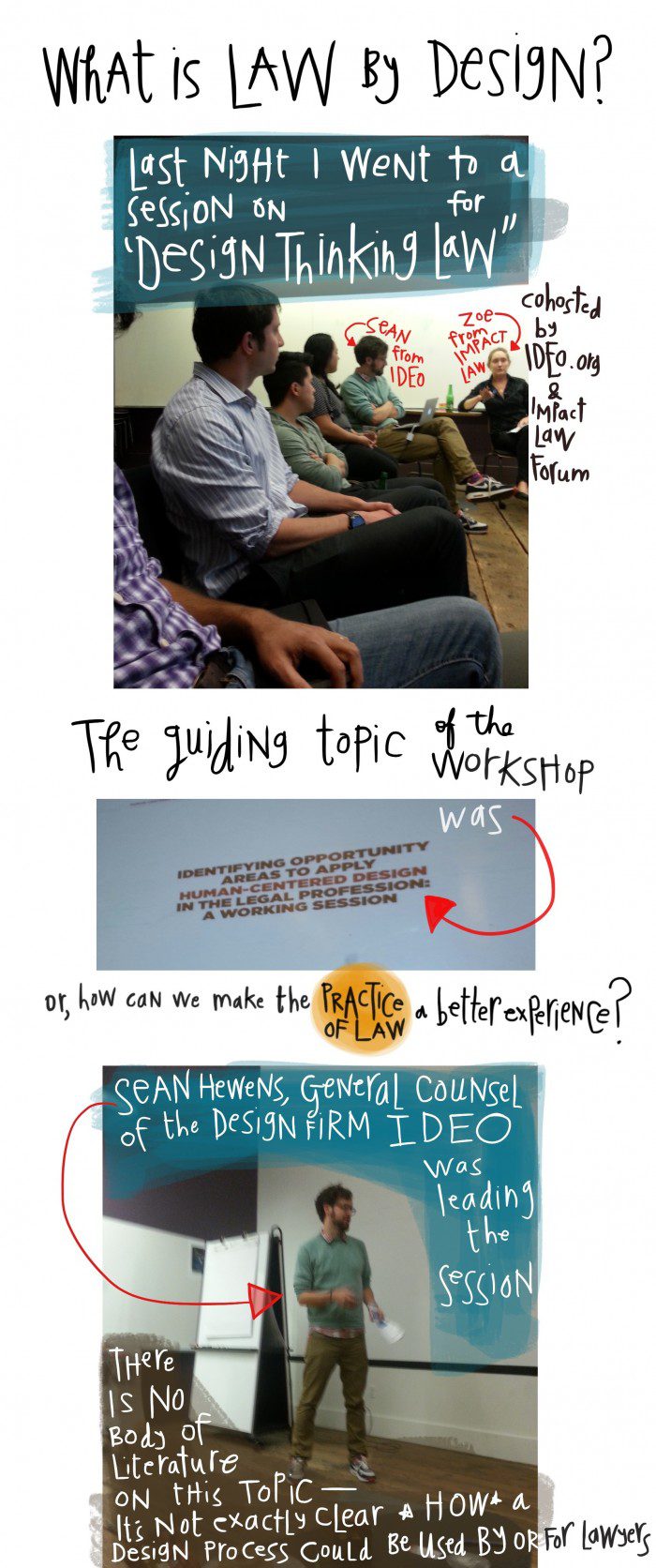
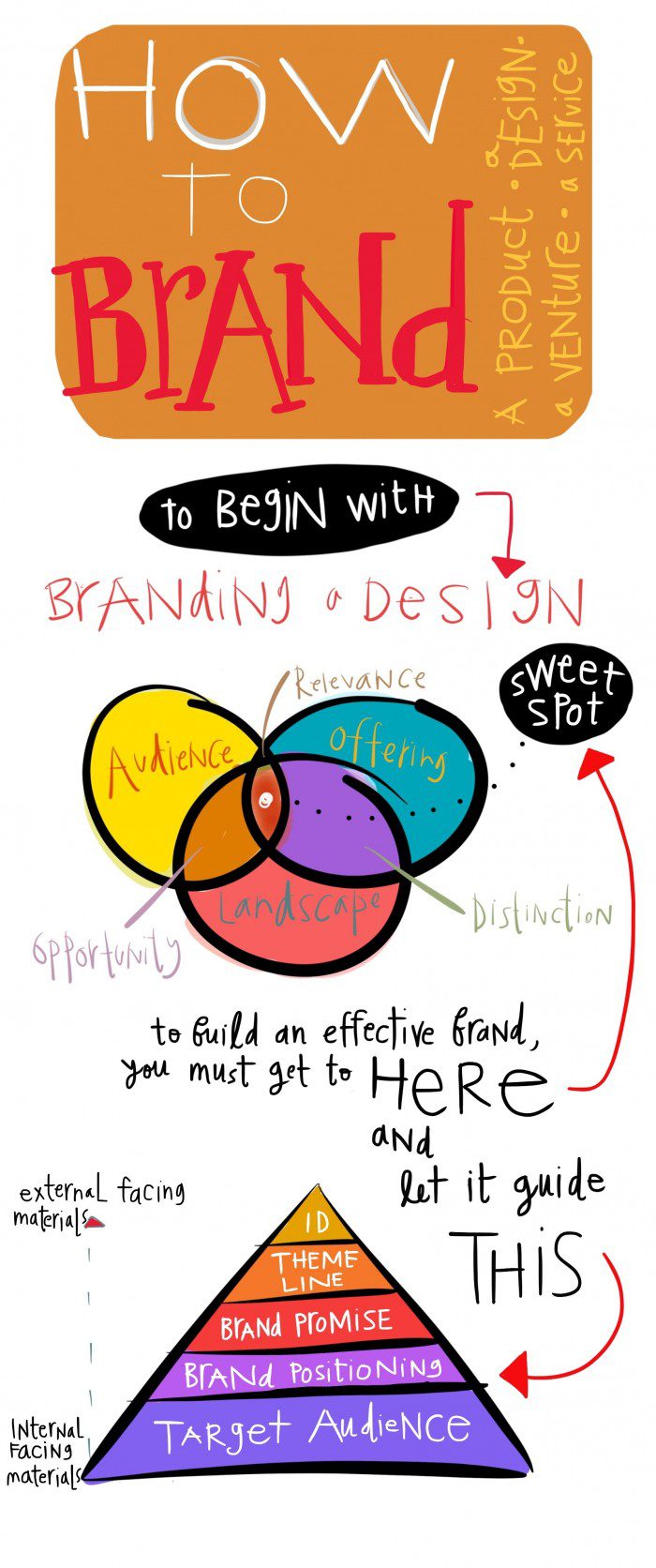
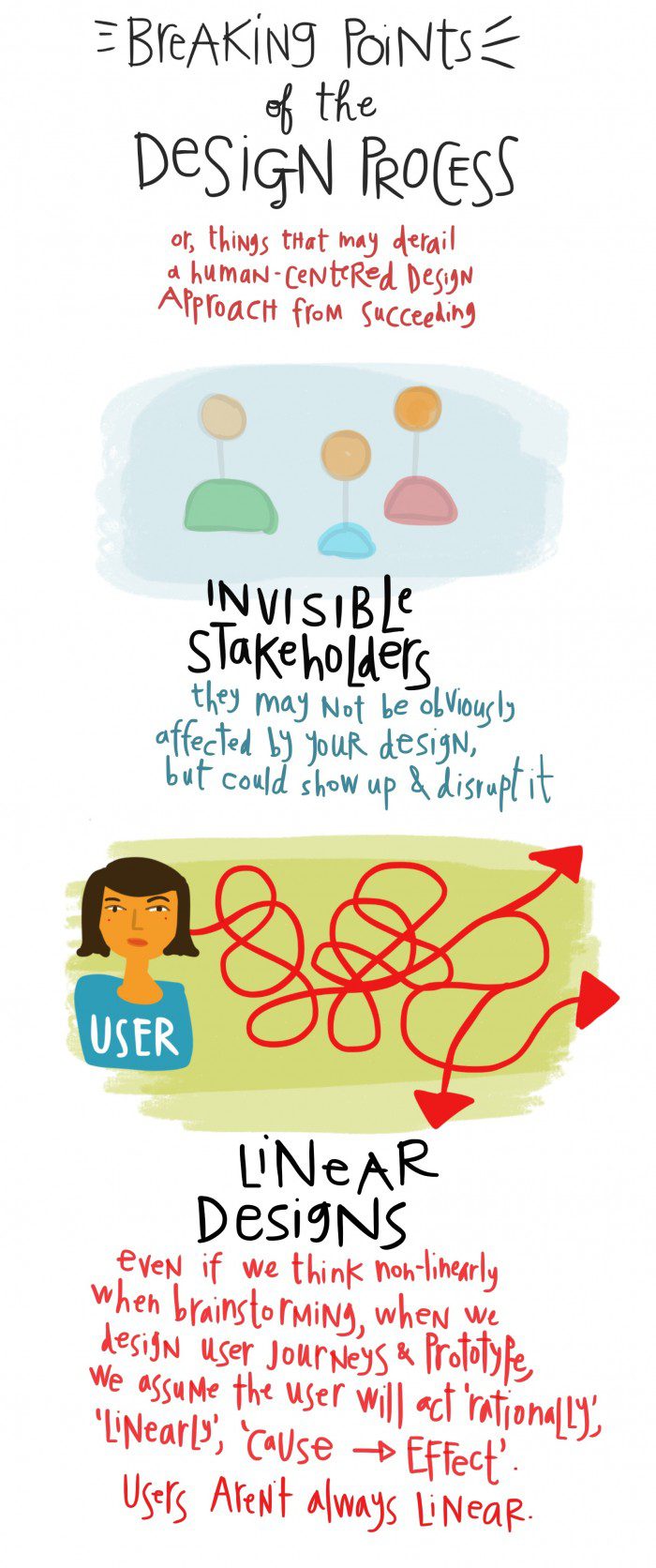
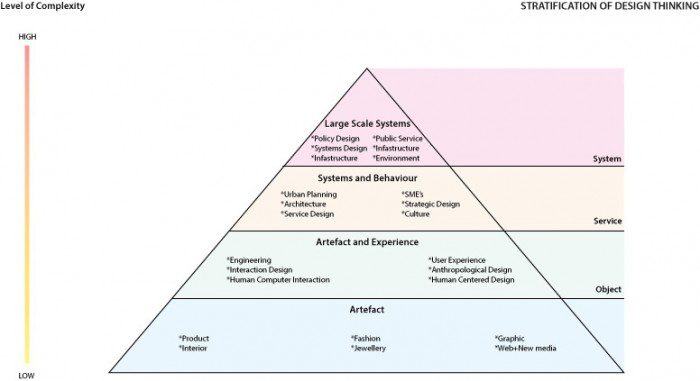
1 Comment
[…] Design Thinking and Law: A Perfect Match; Applying Legal Design Thinking to Law; Legal Design Lab; Open Law Lab Design Process. […]